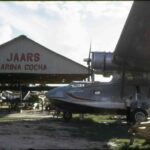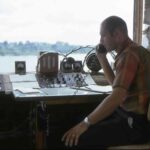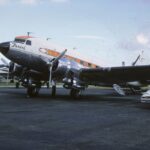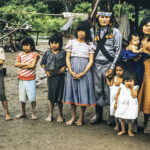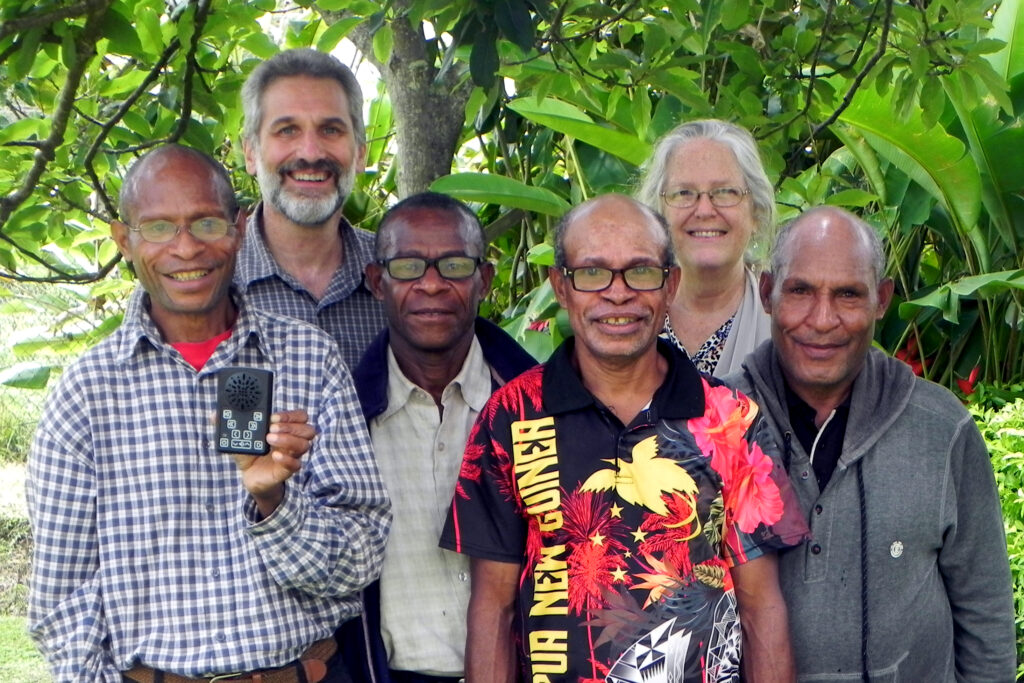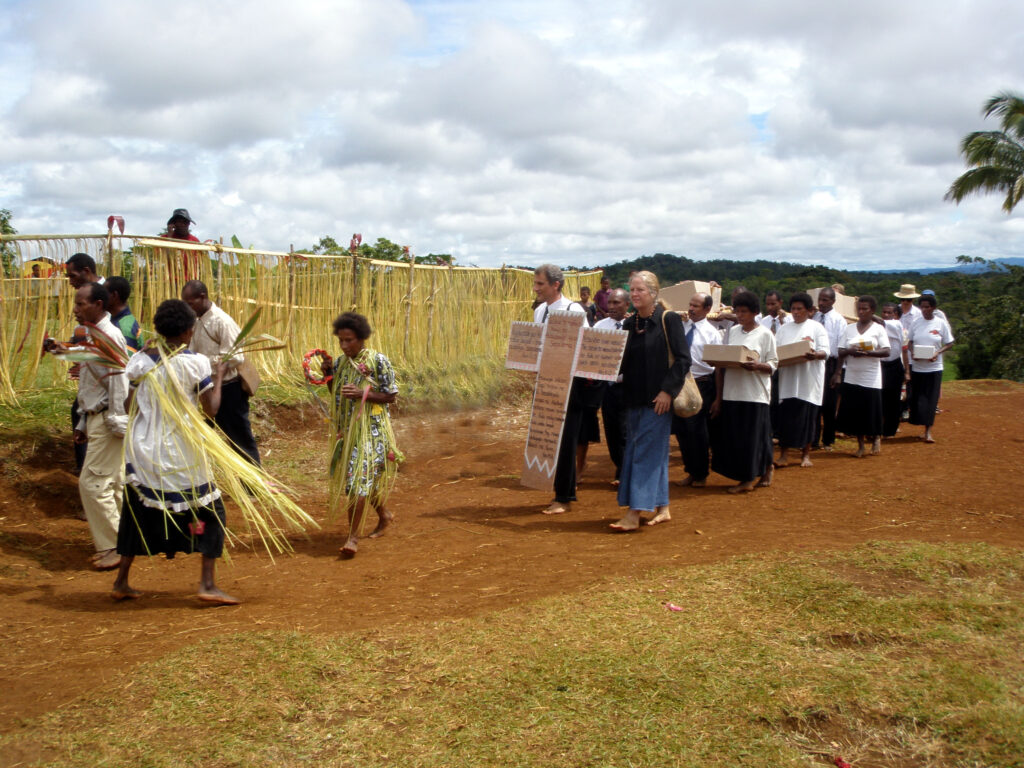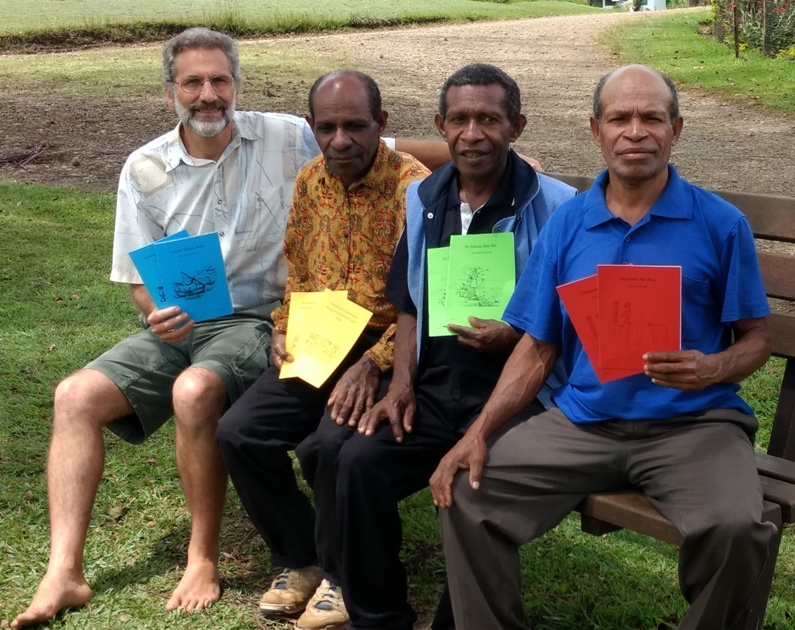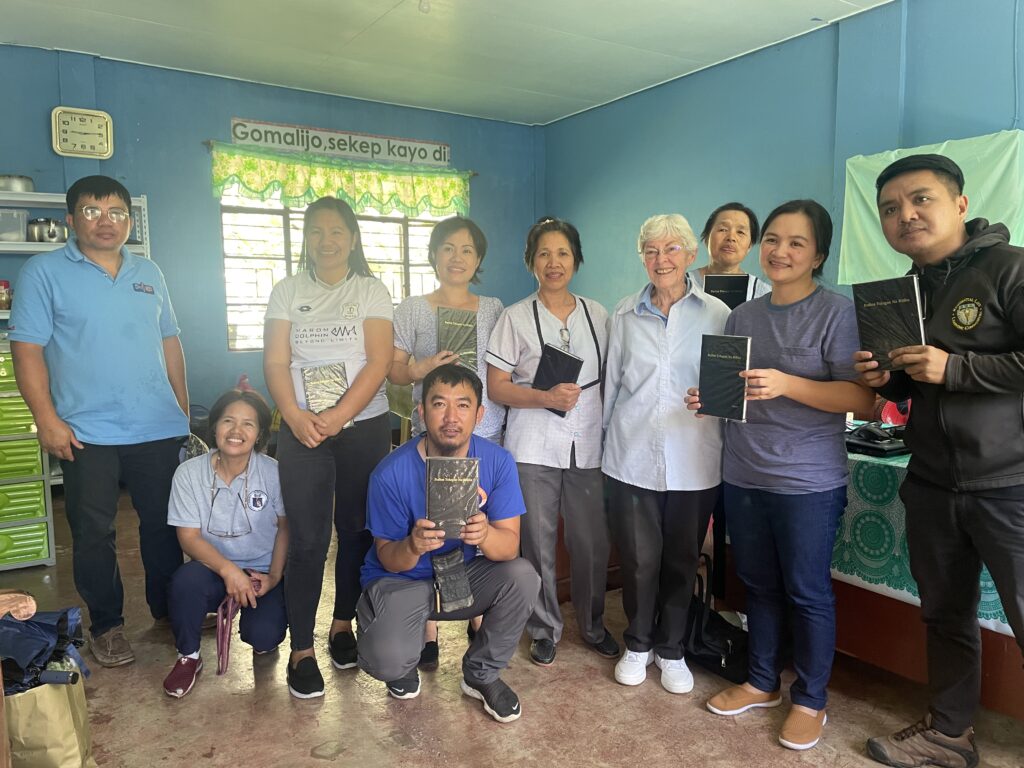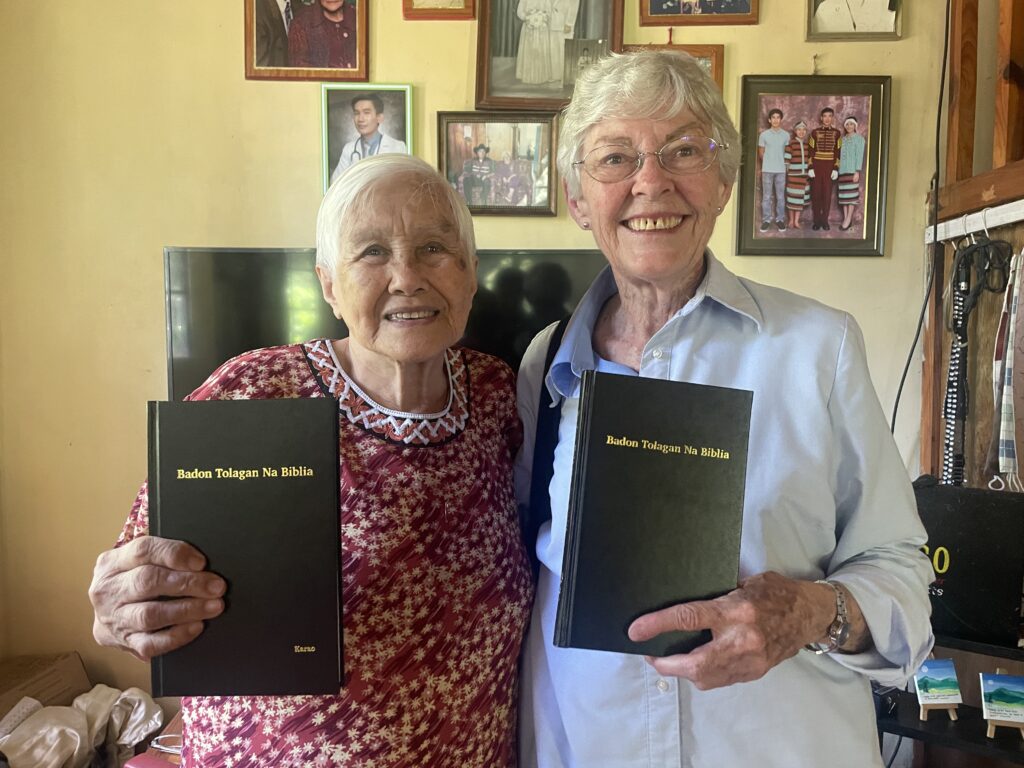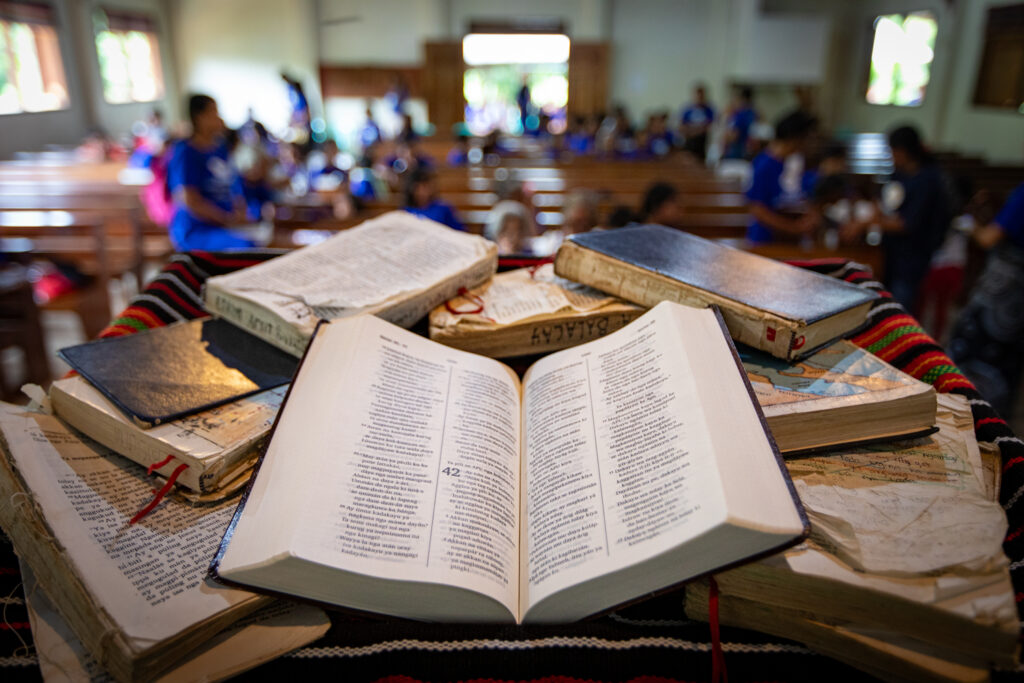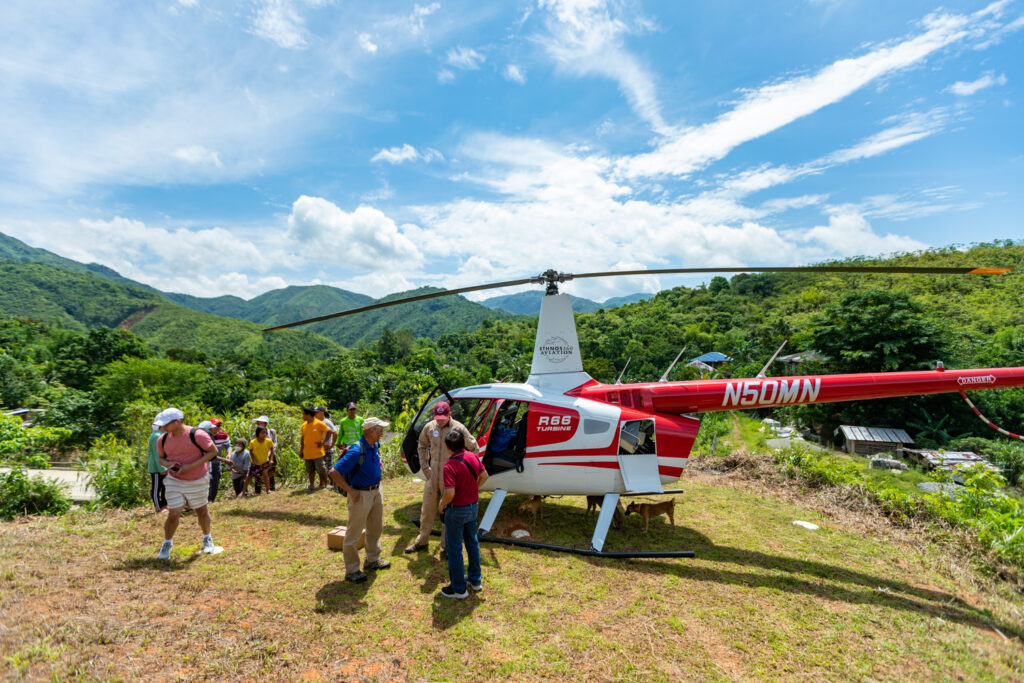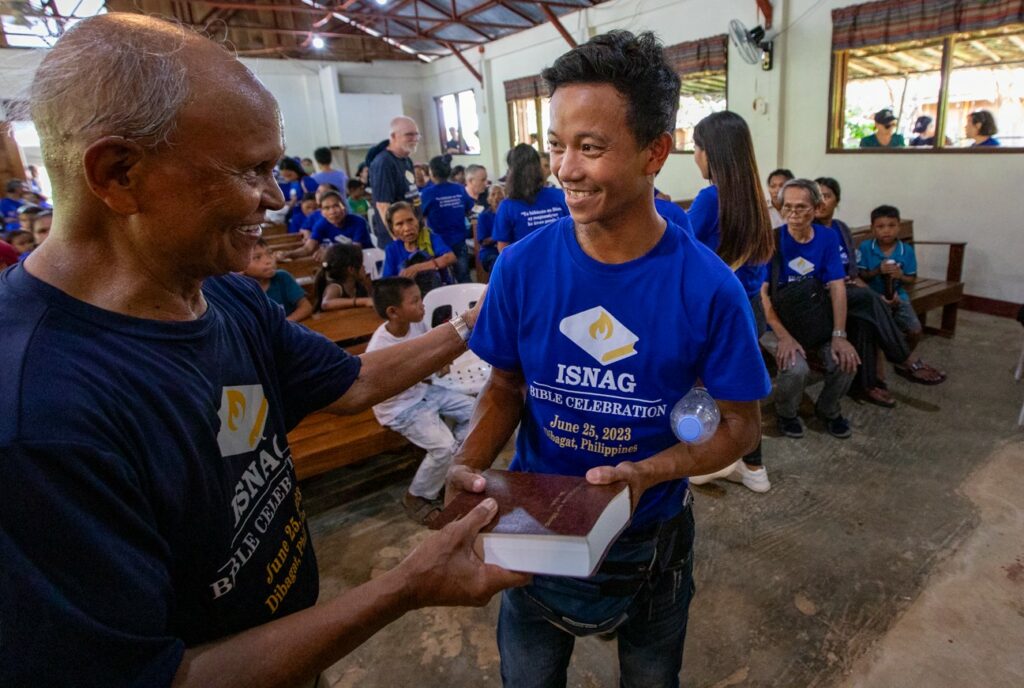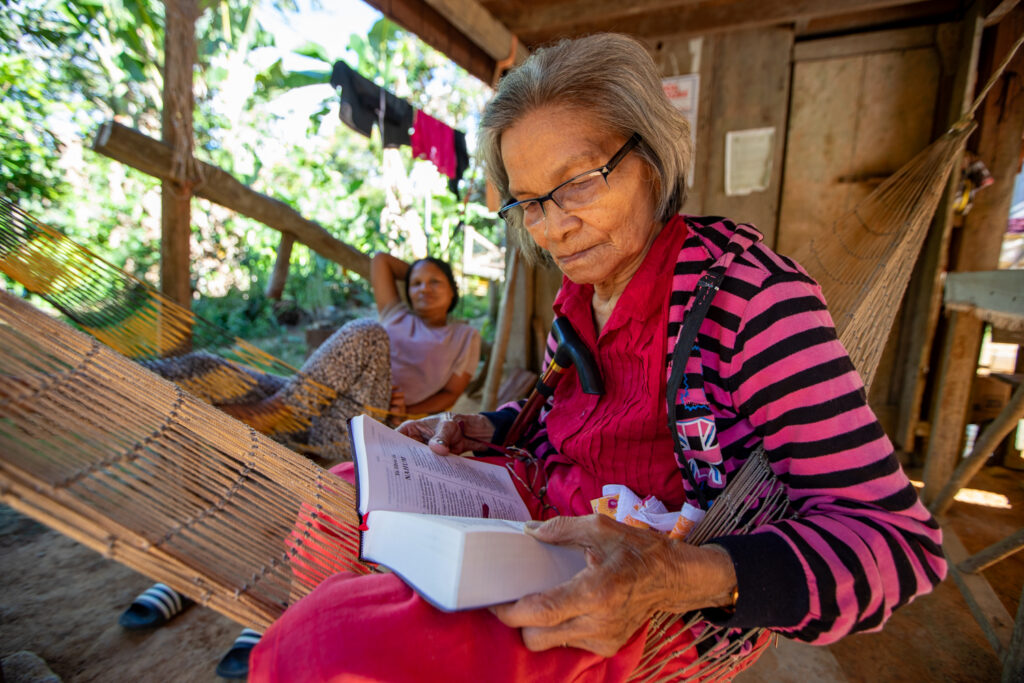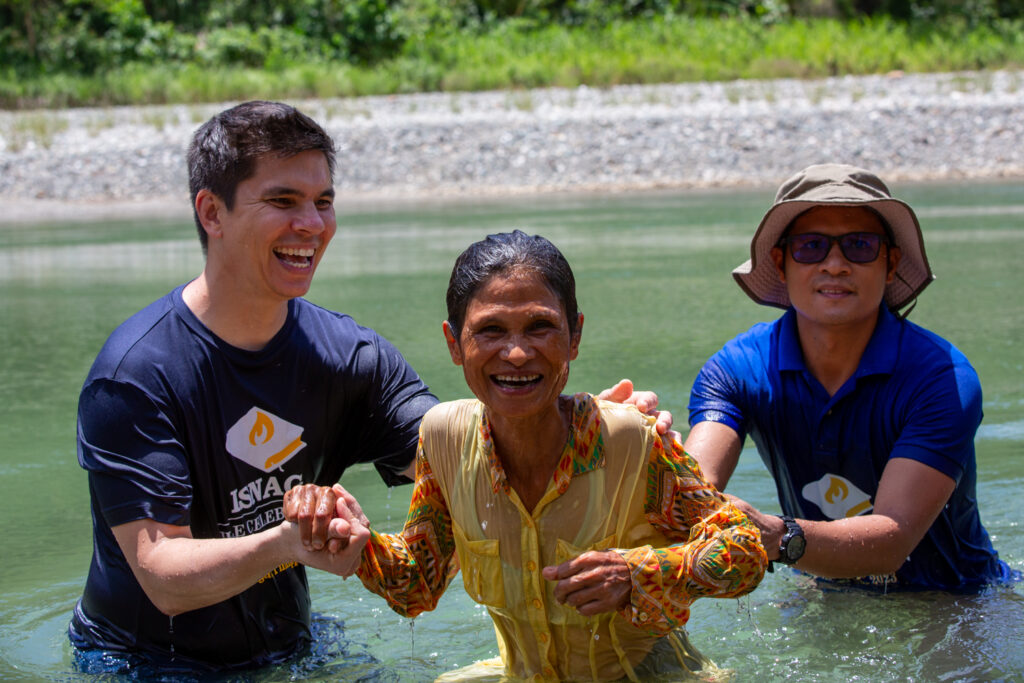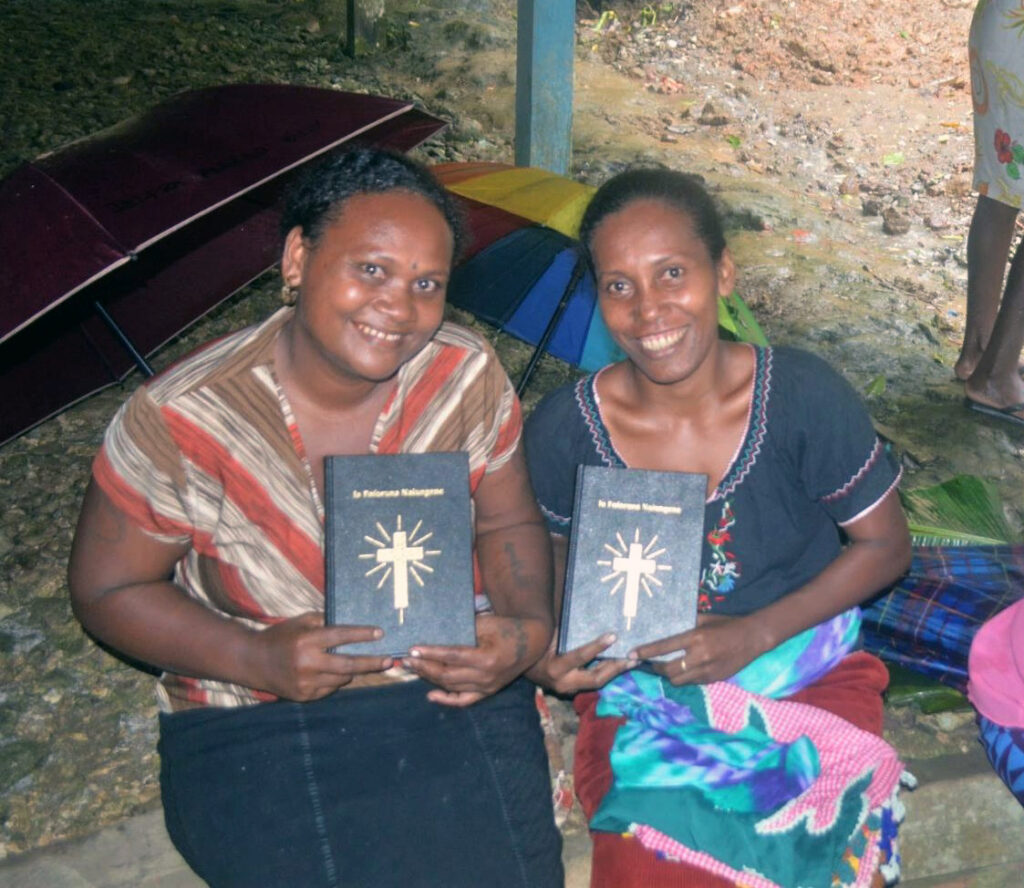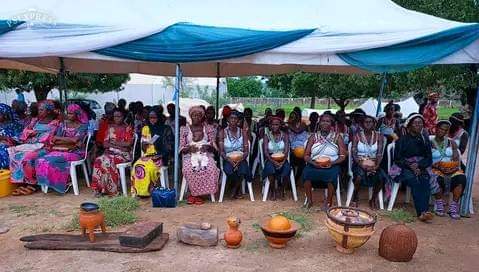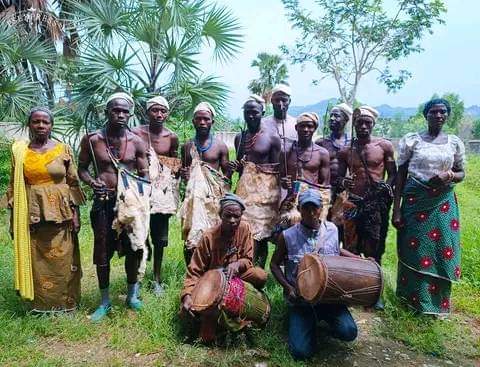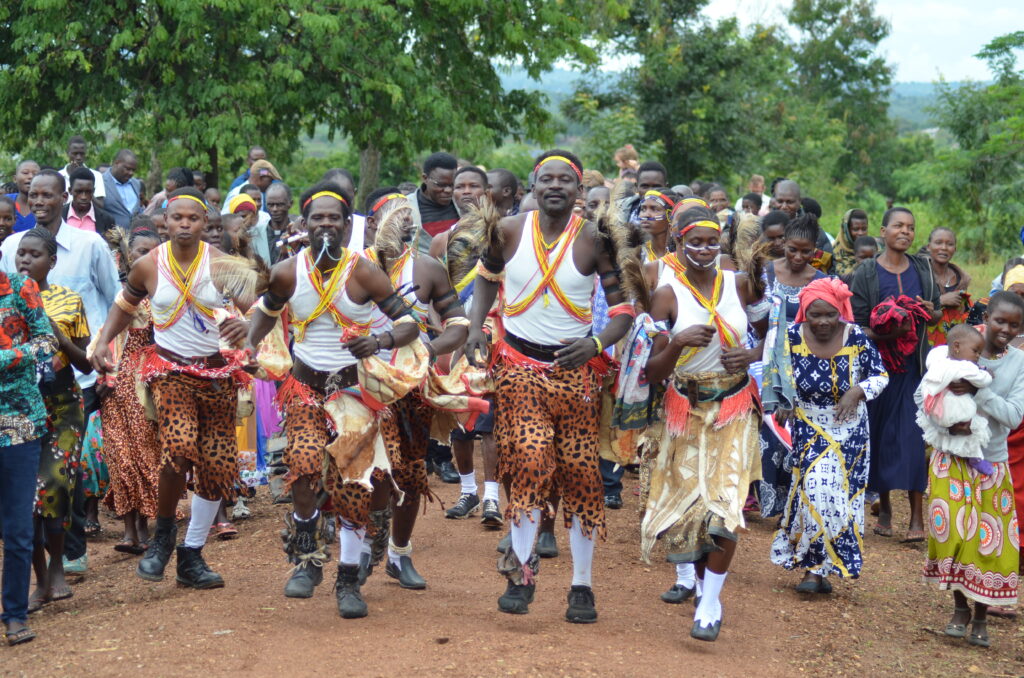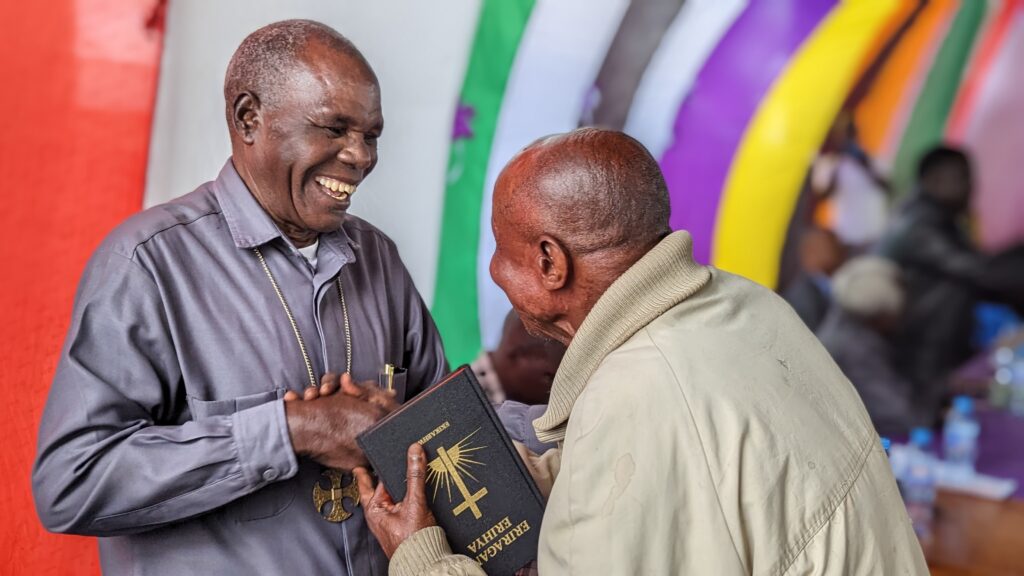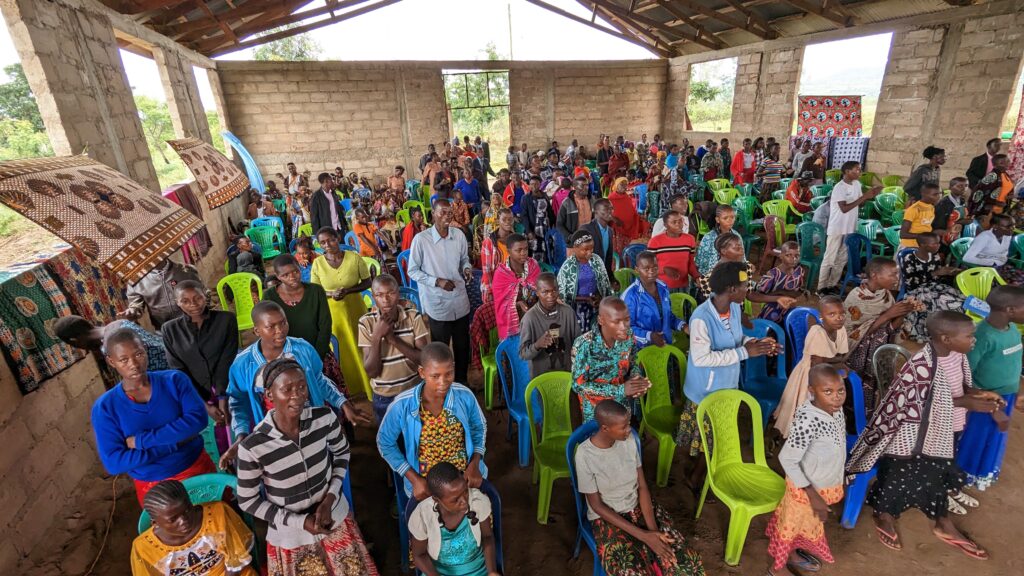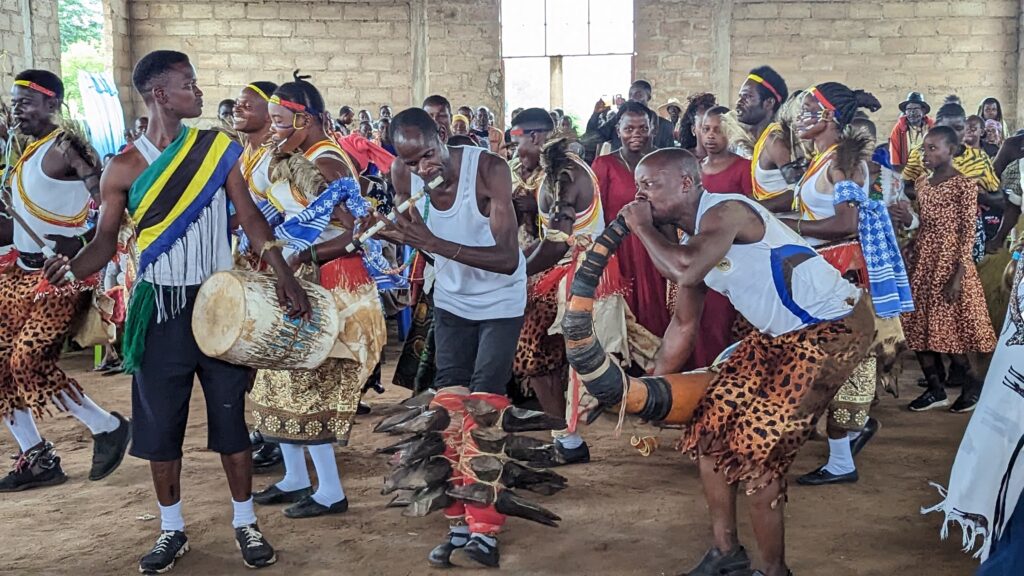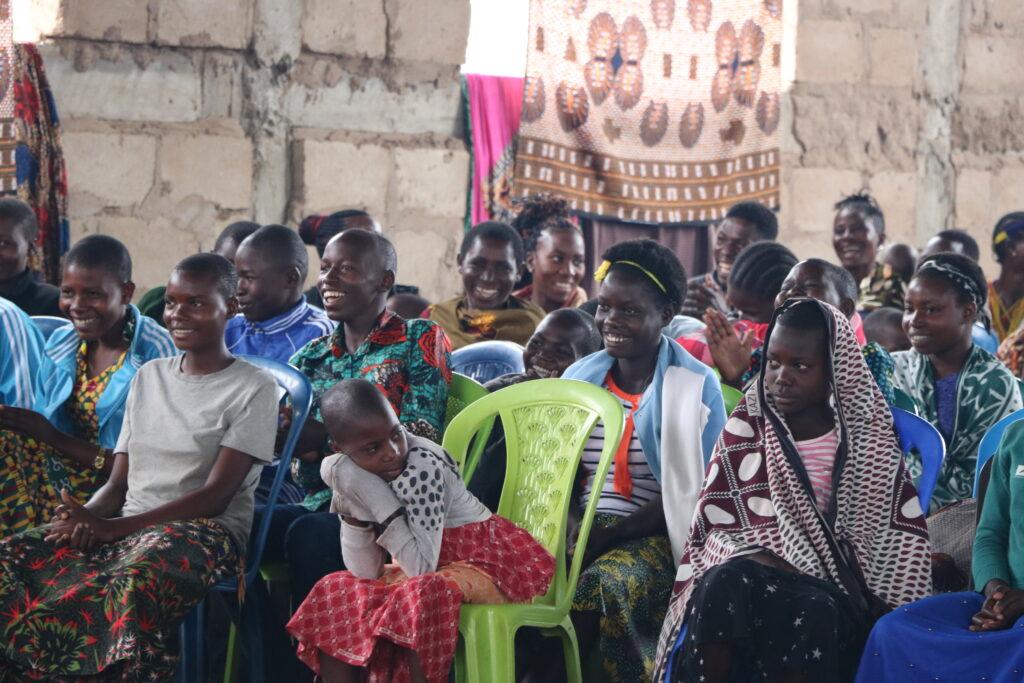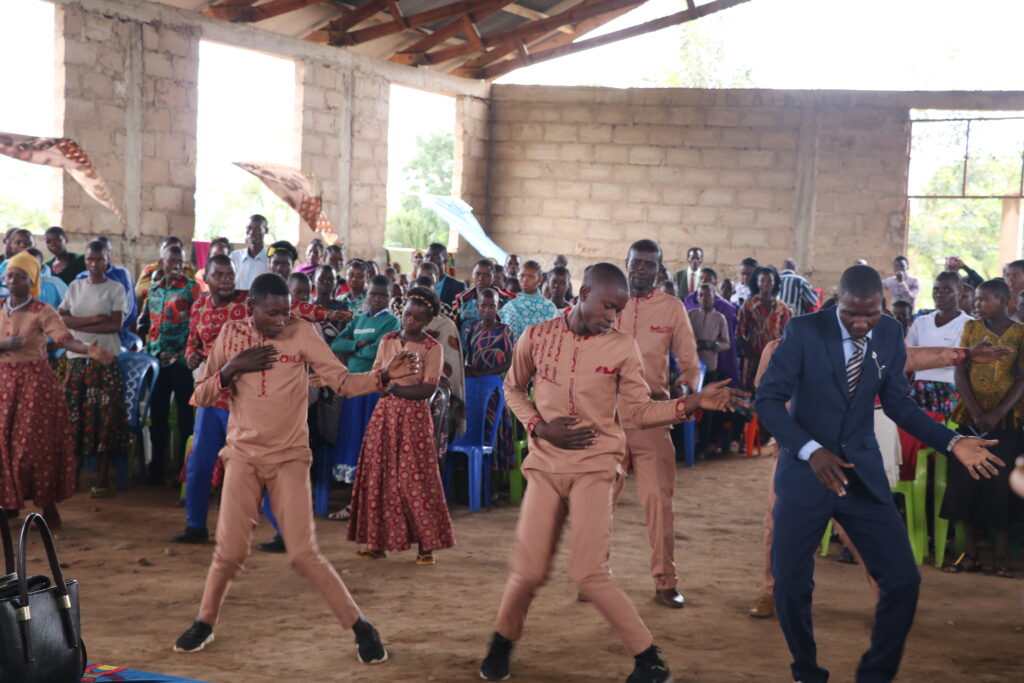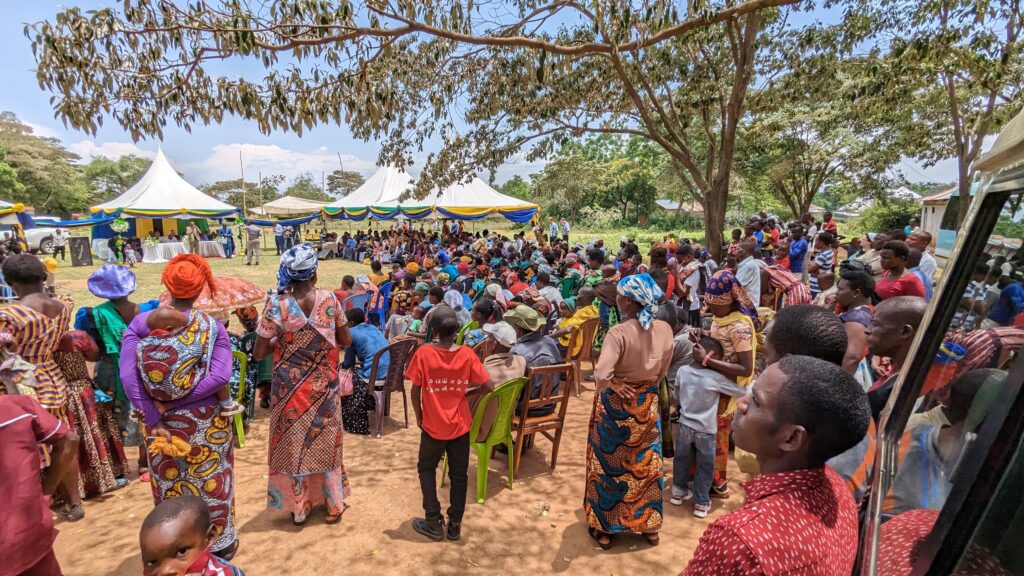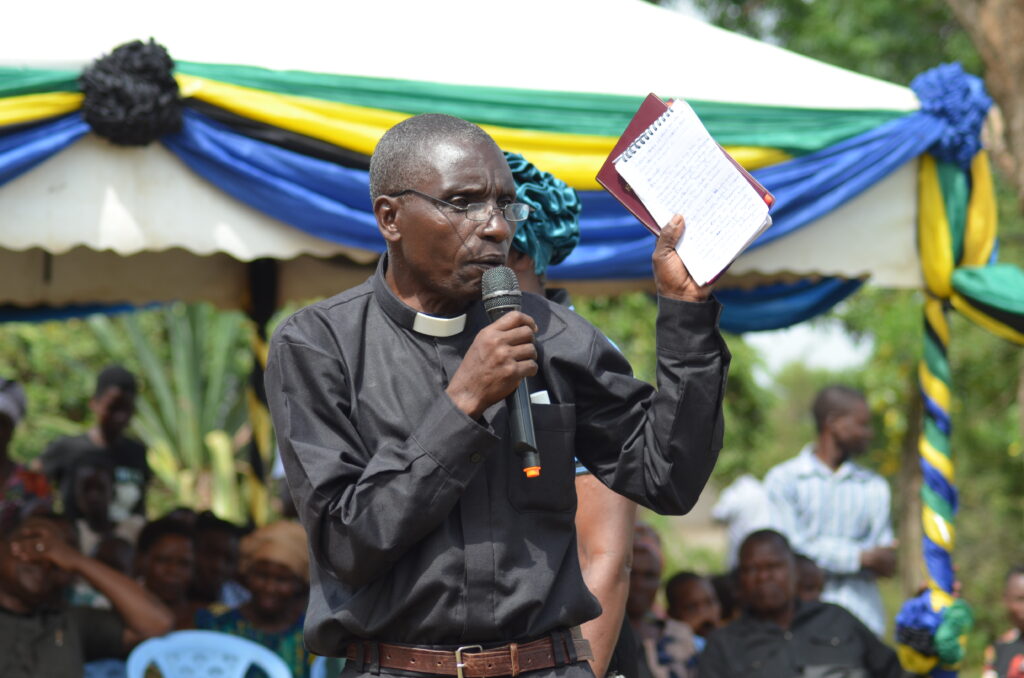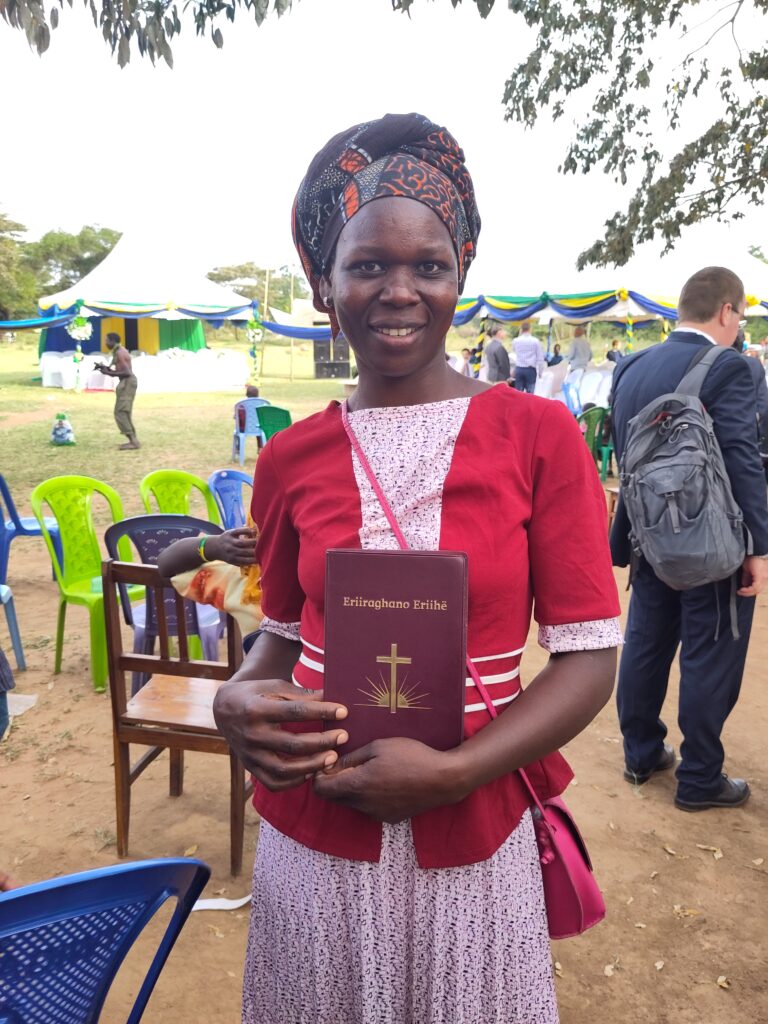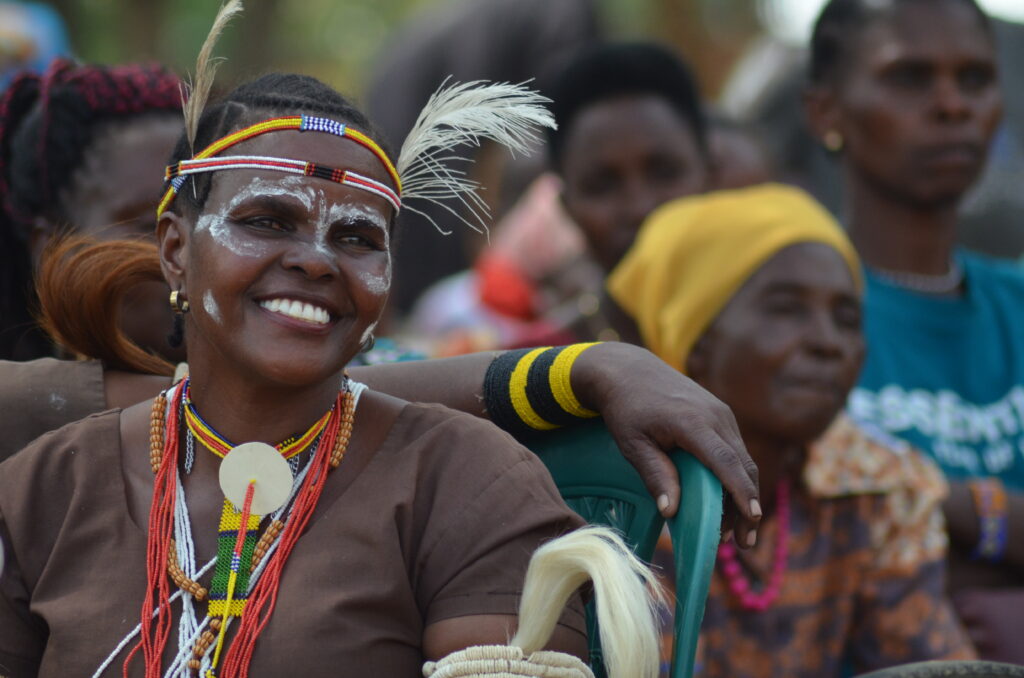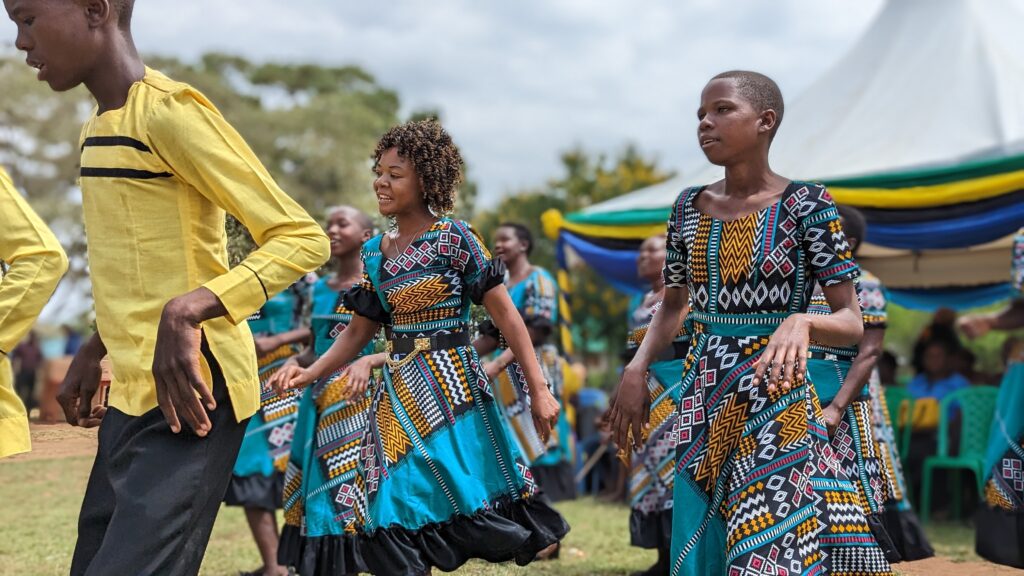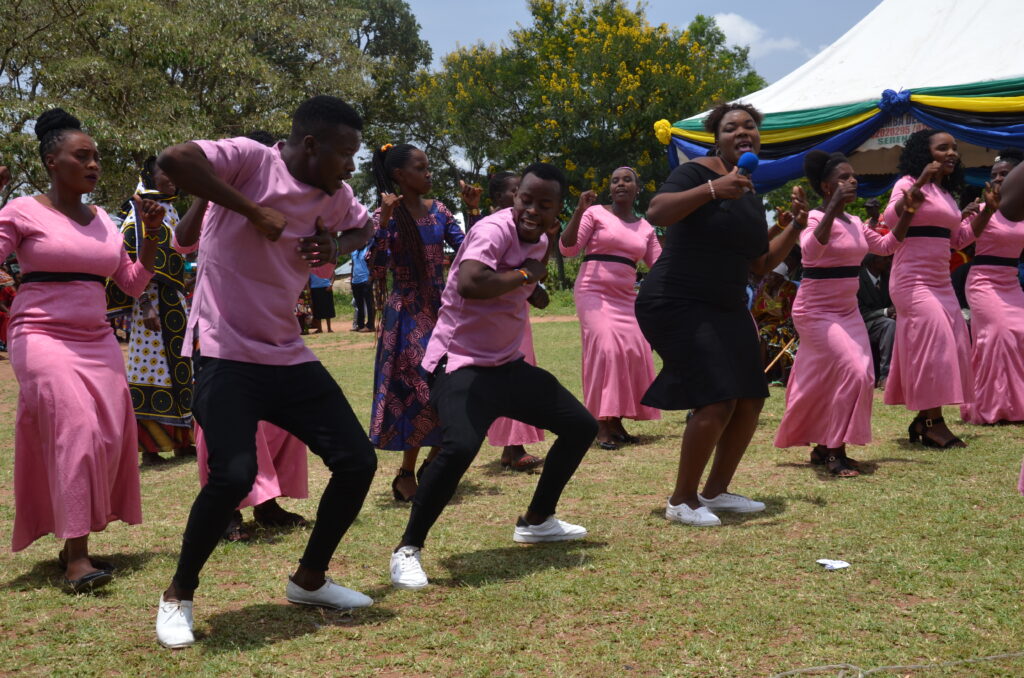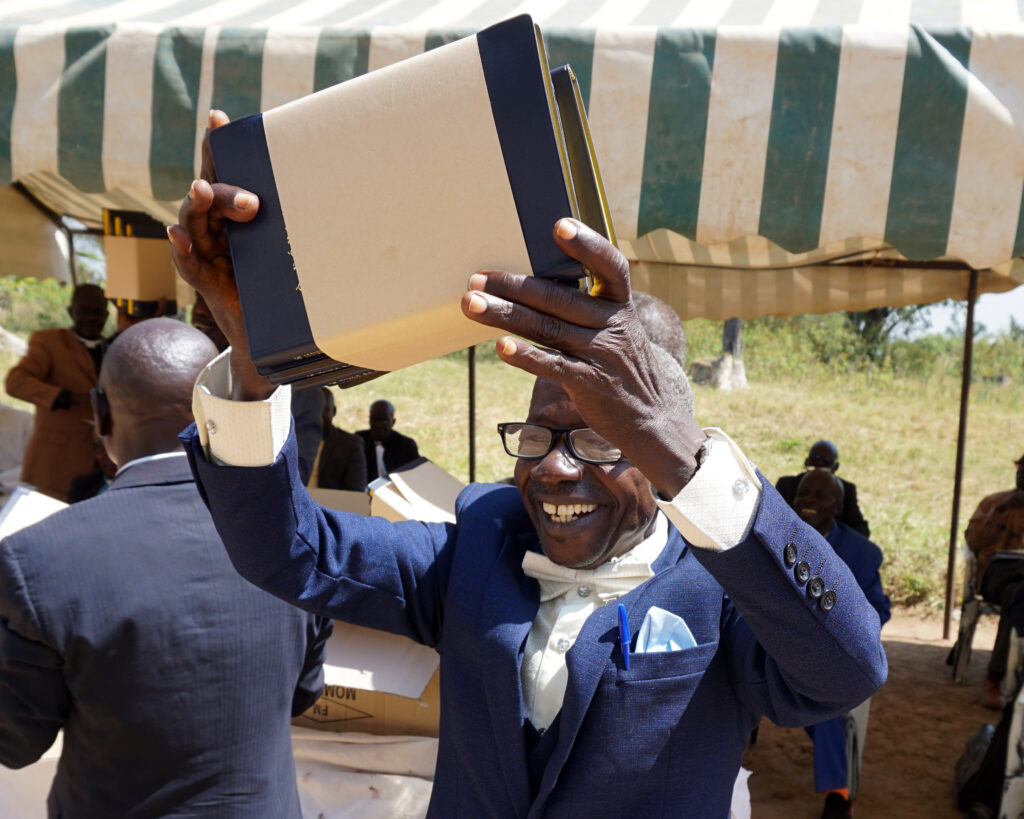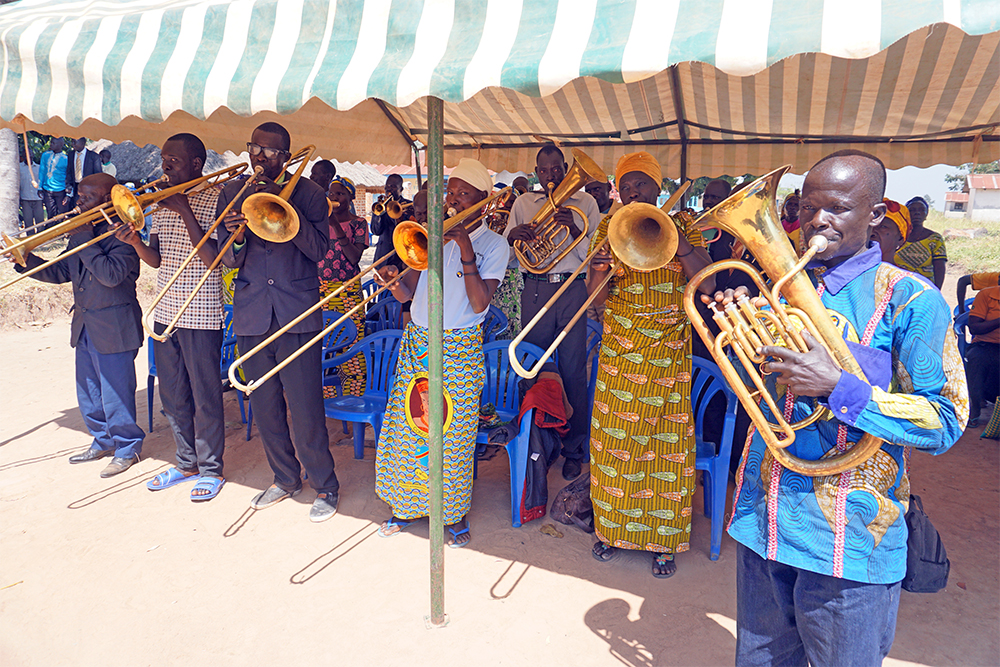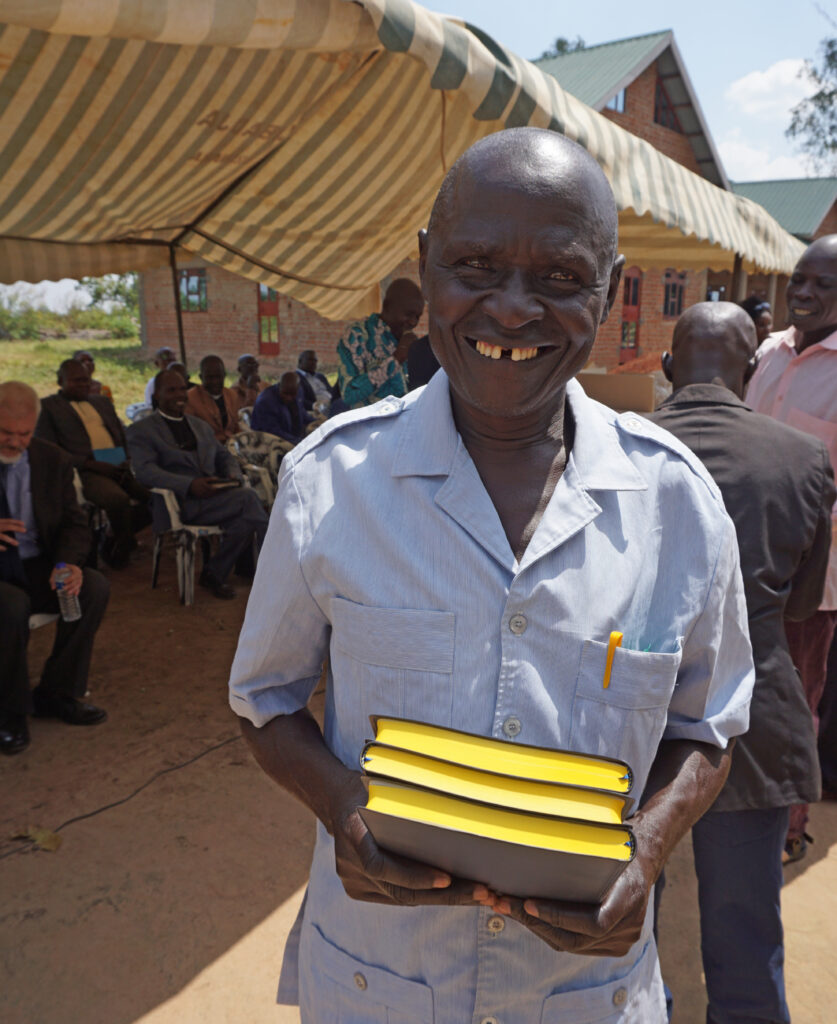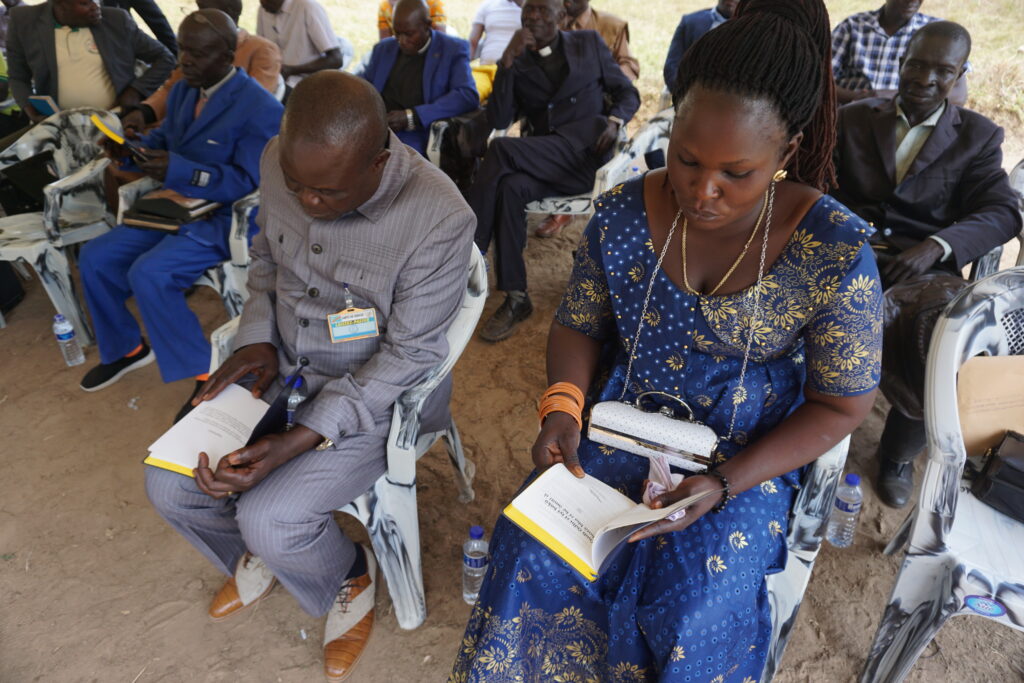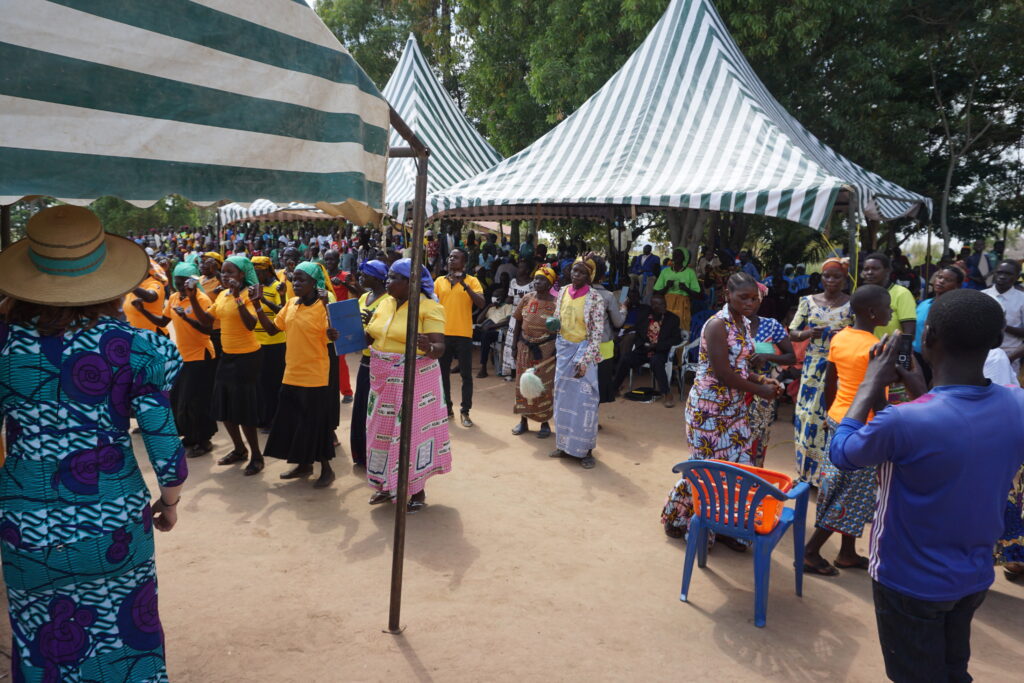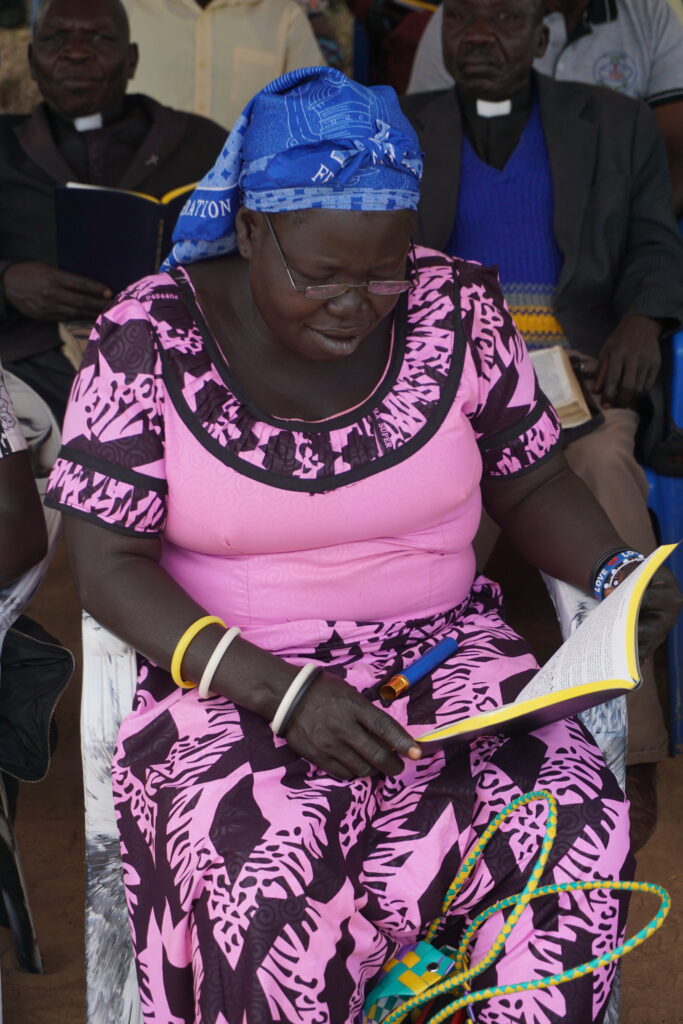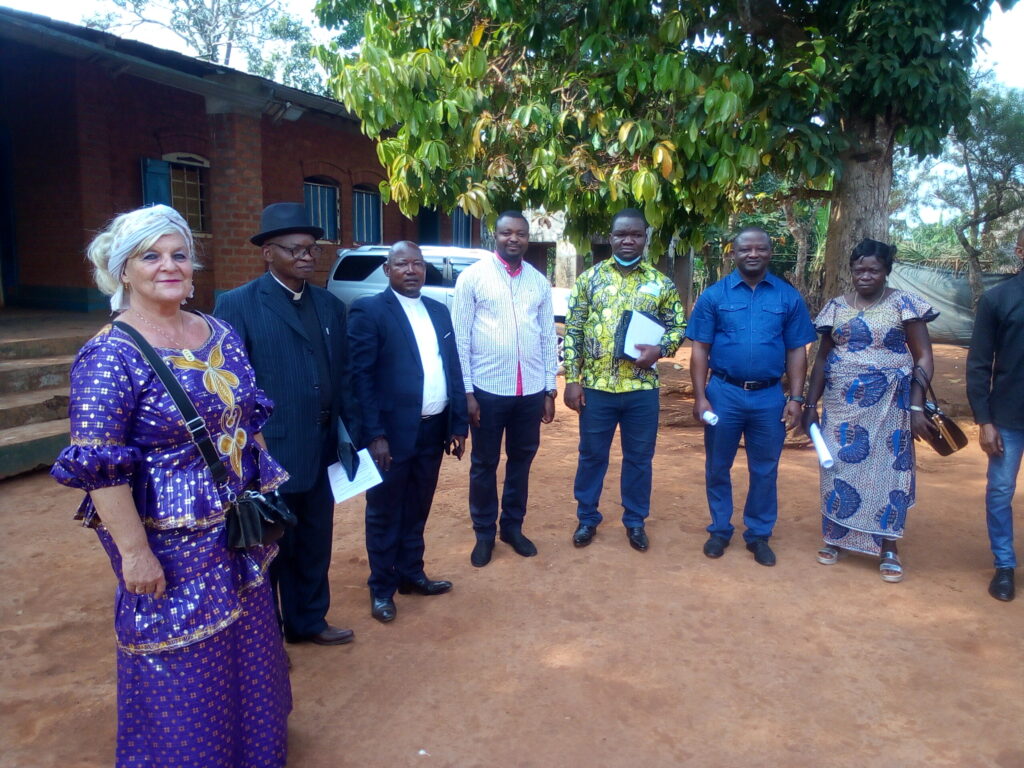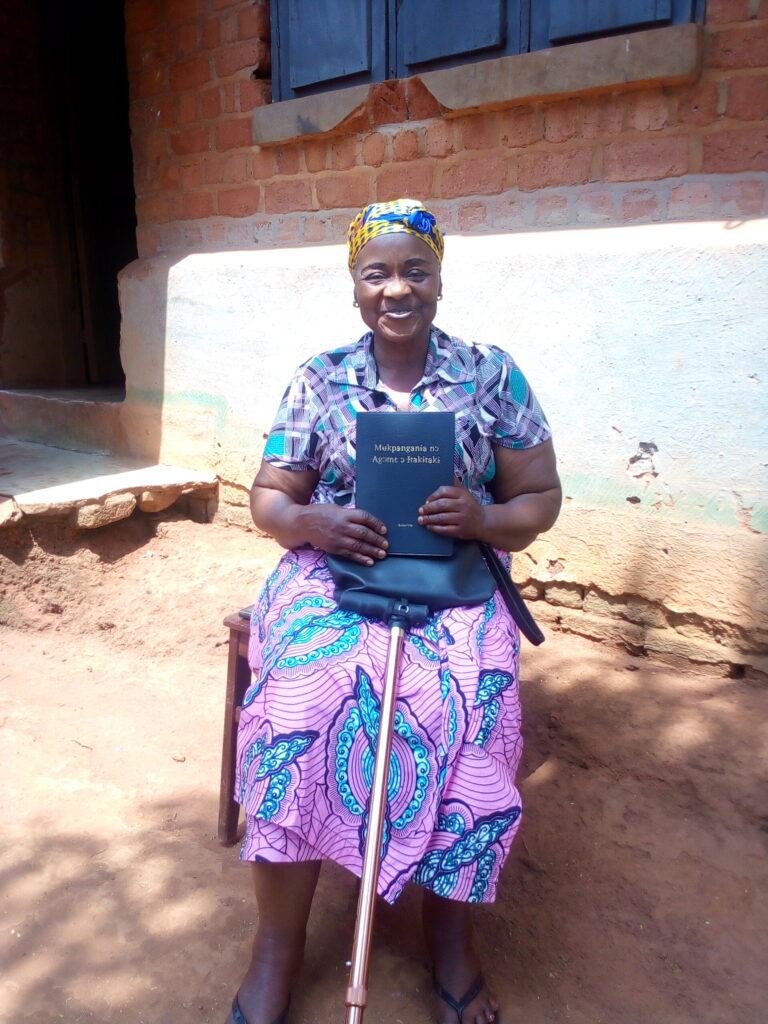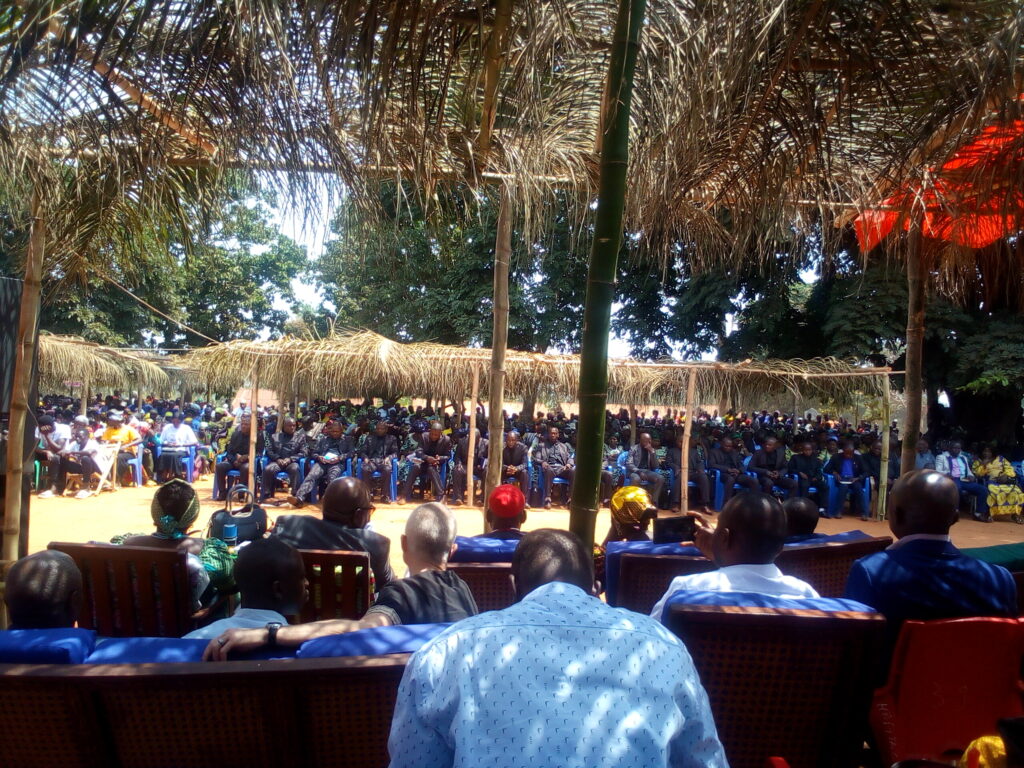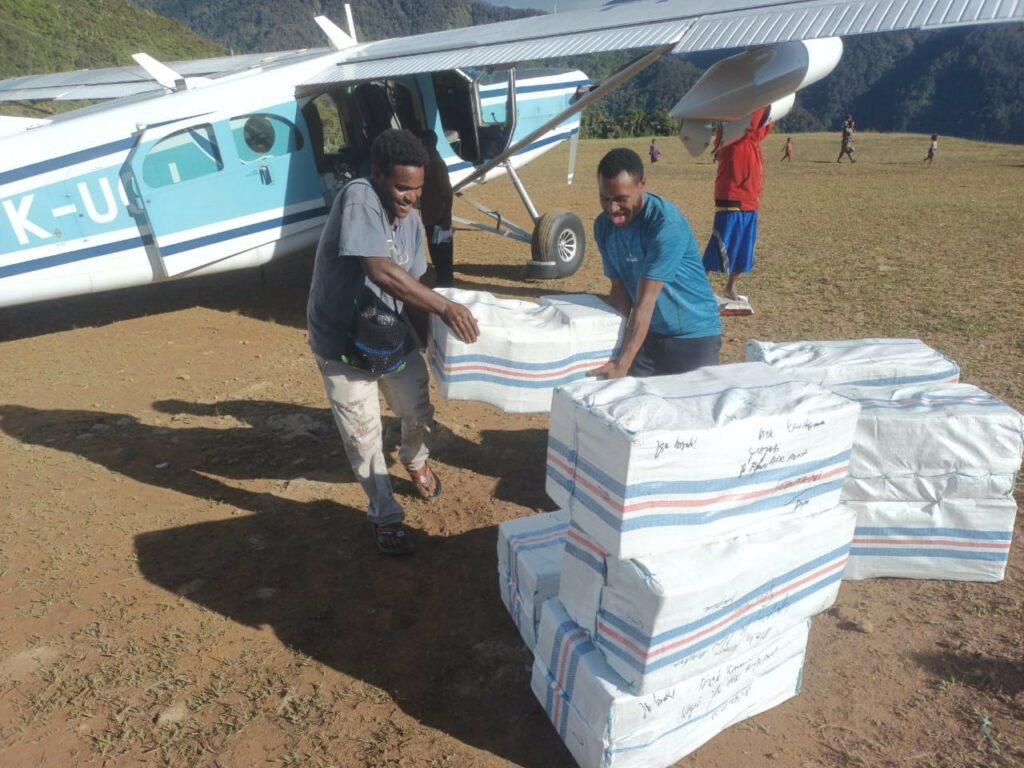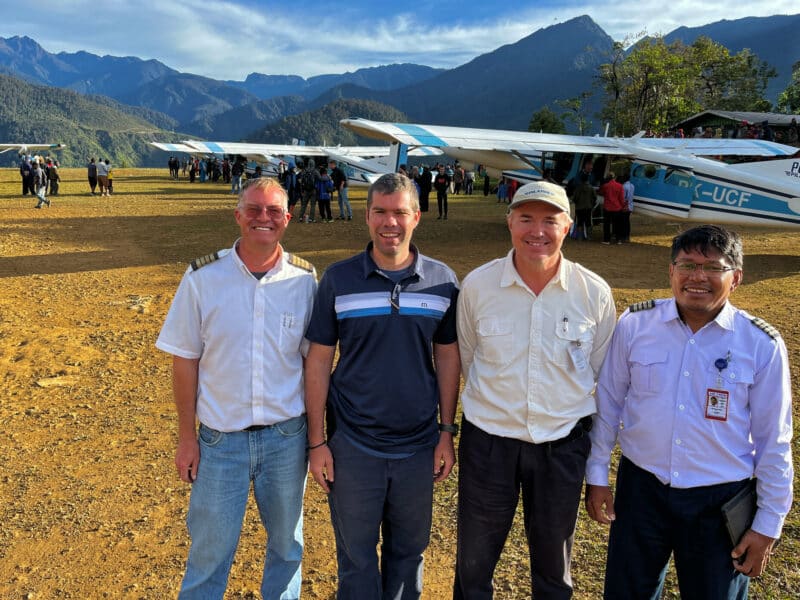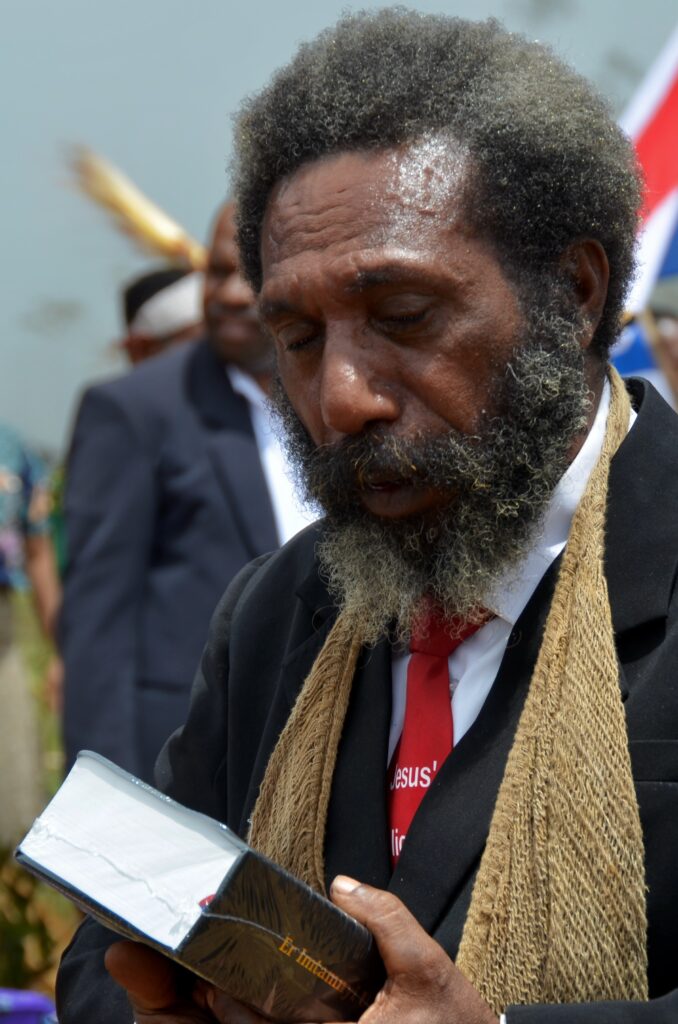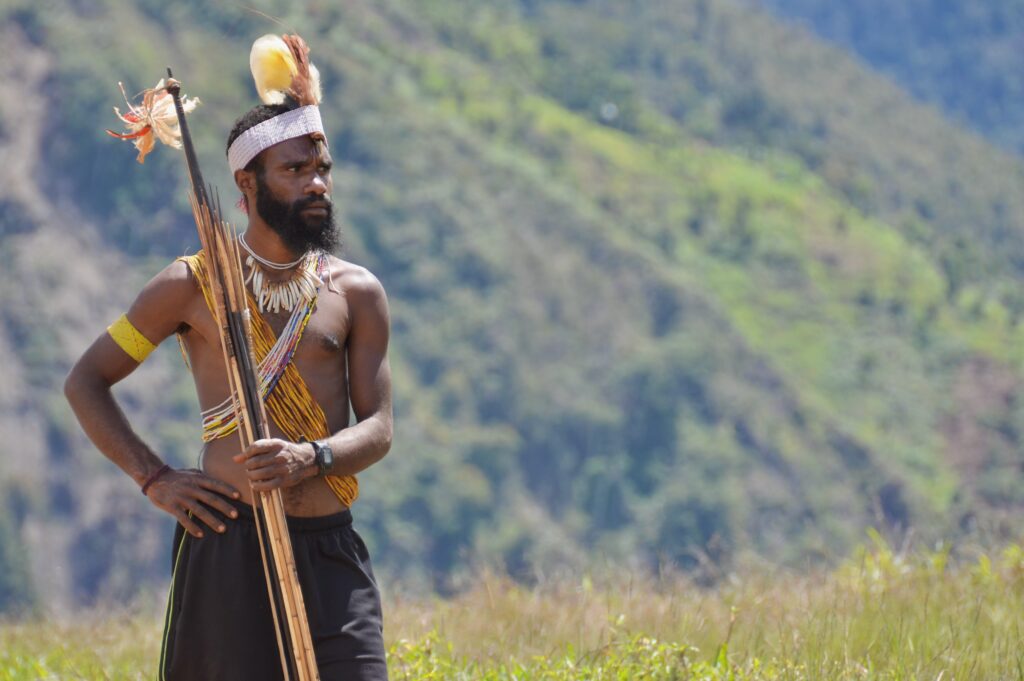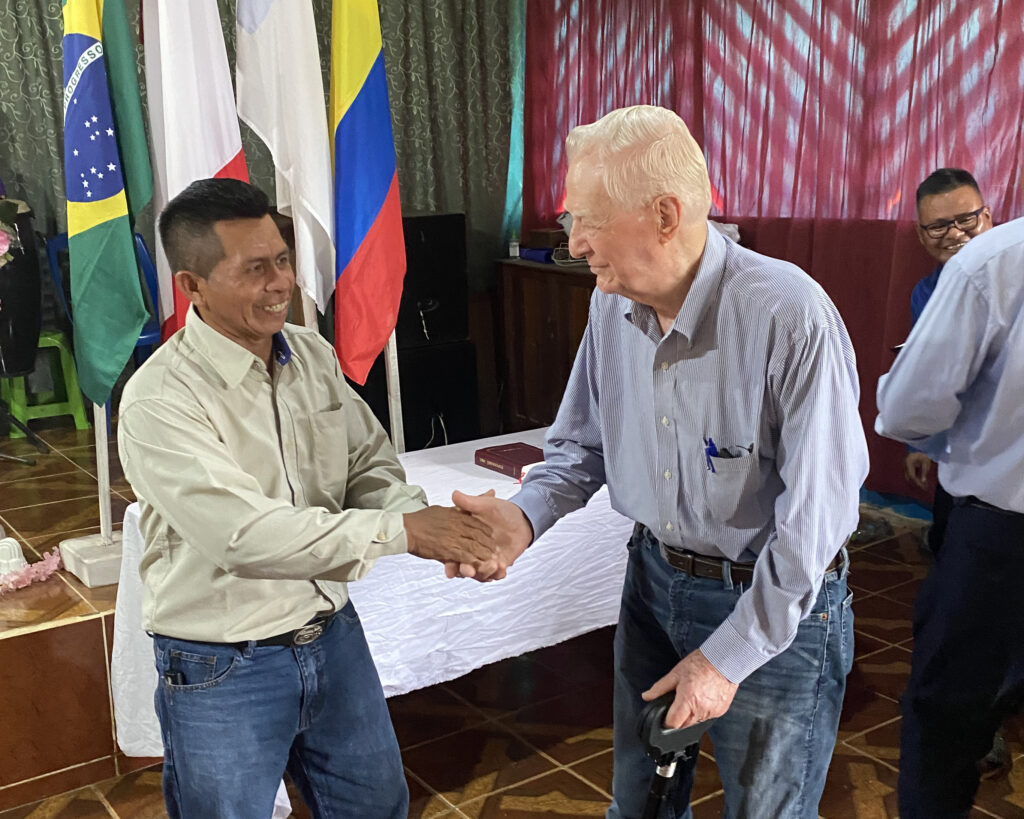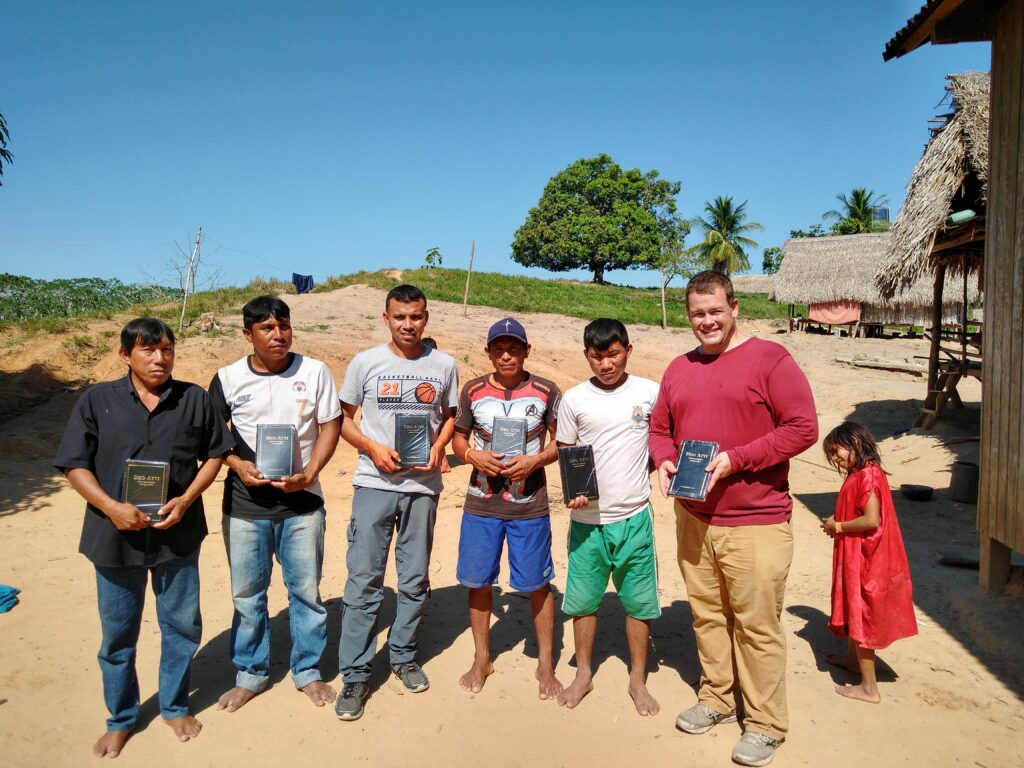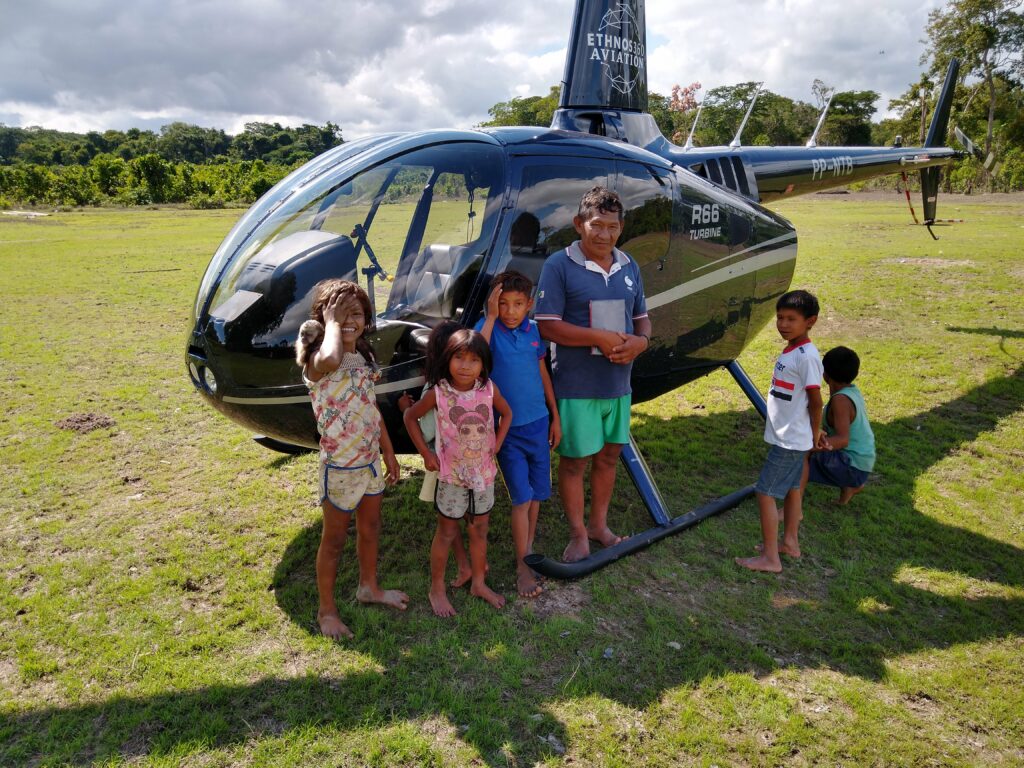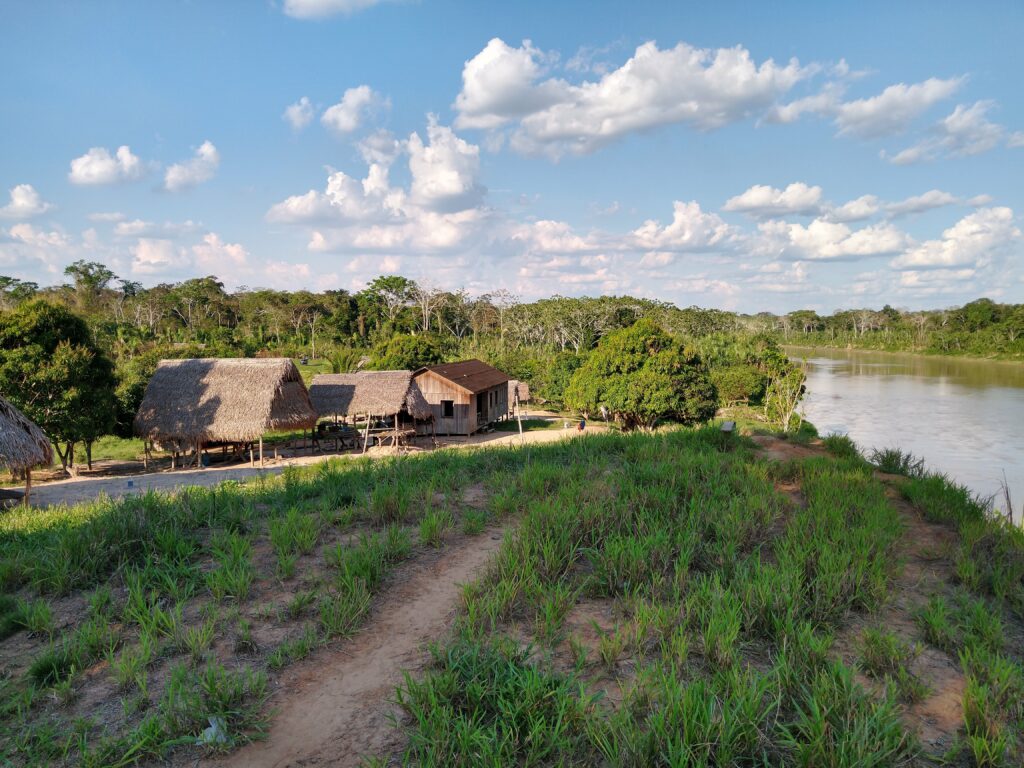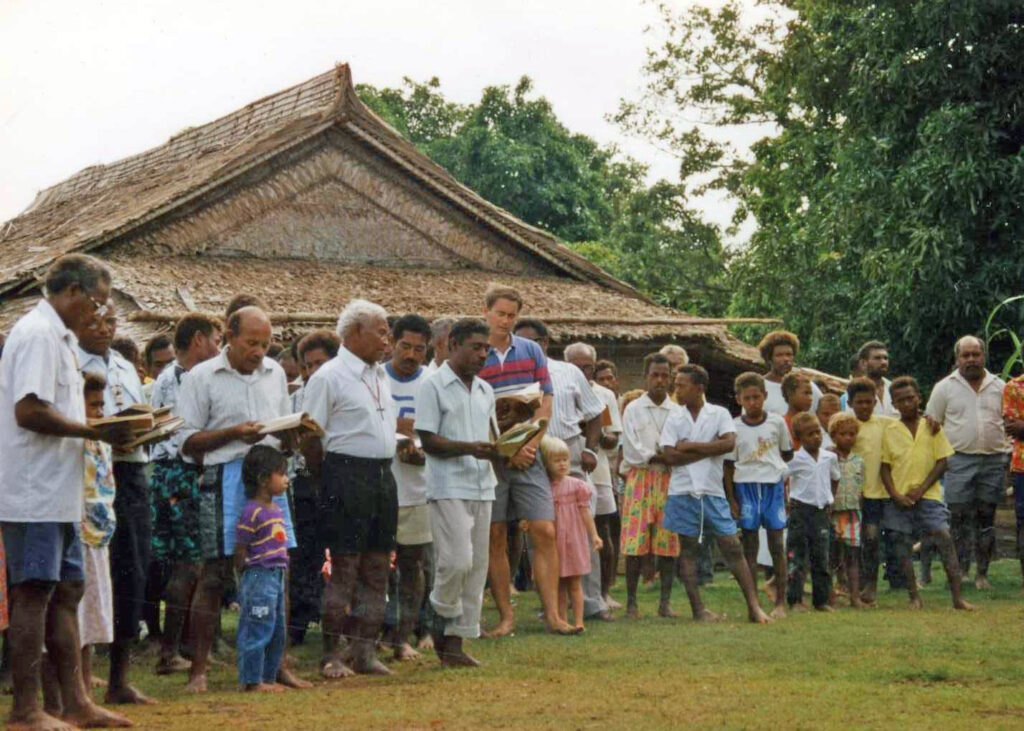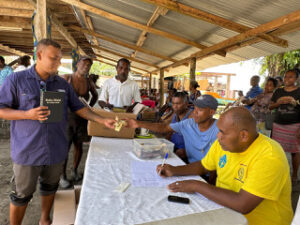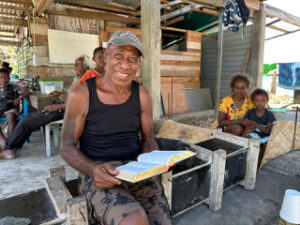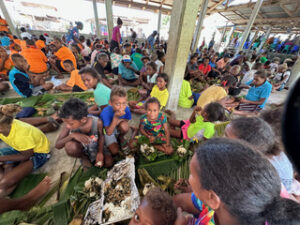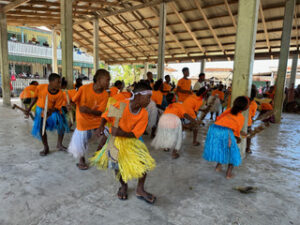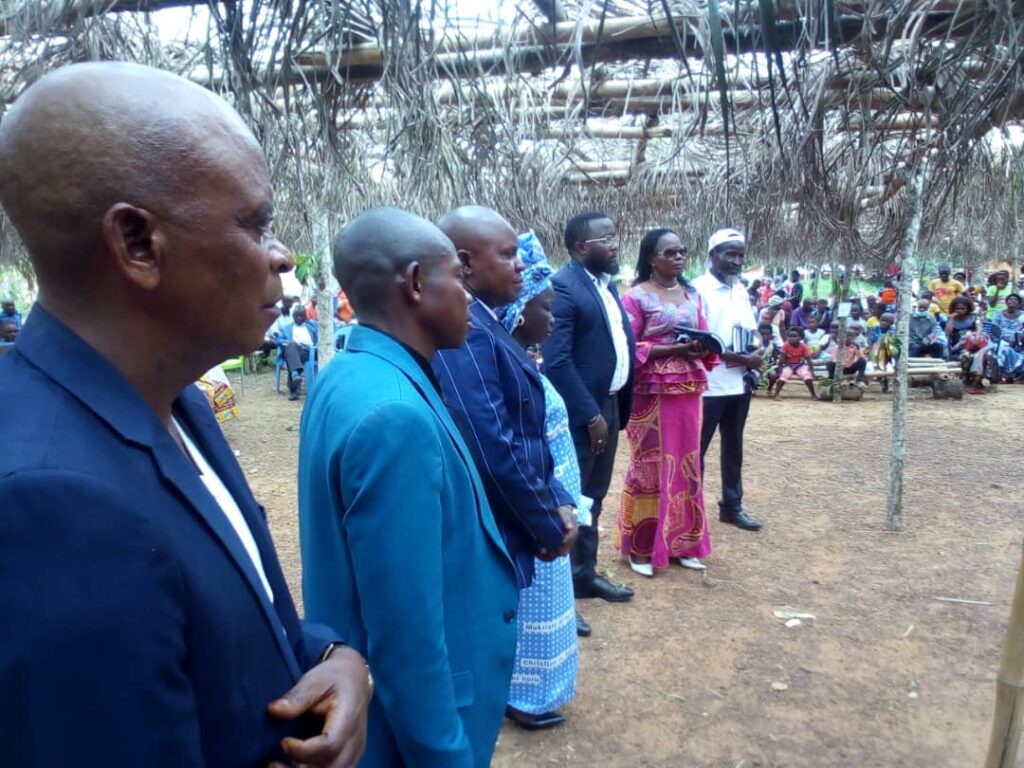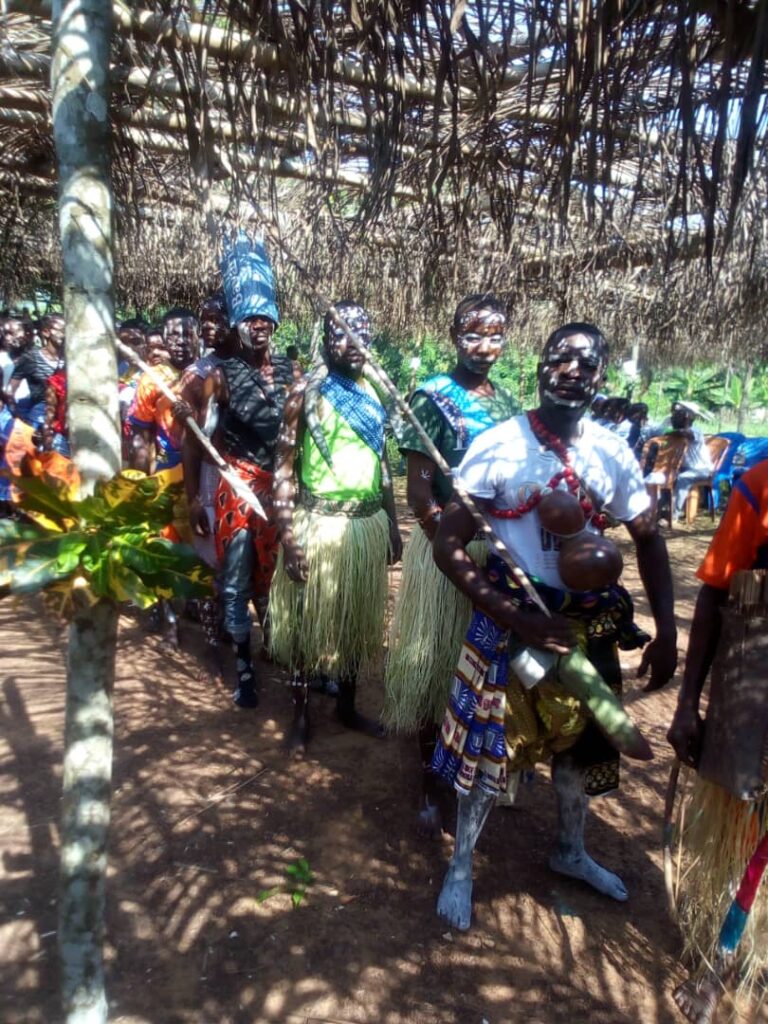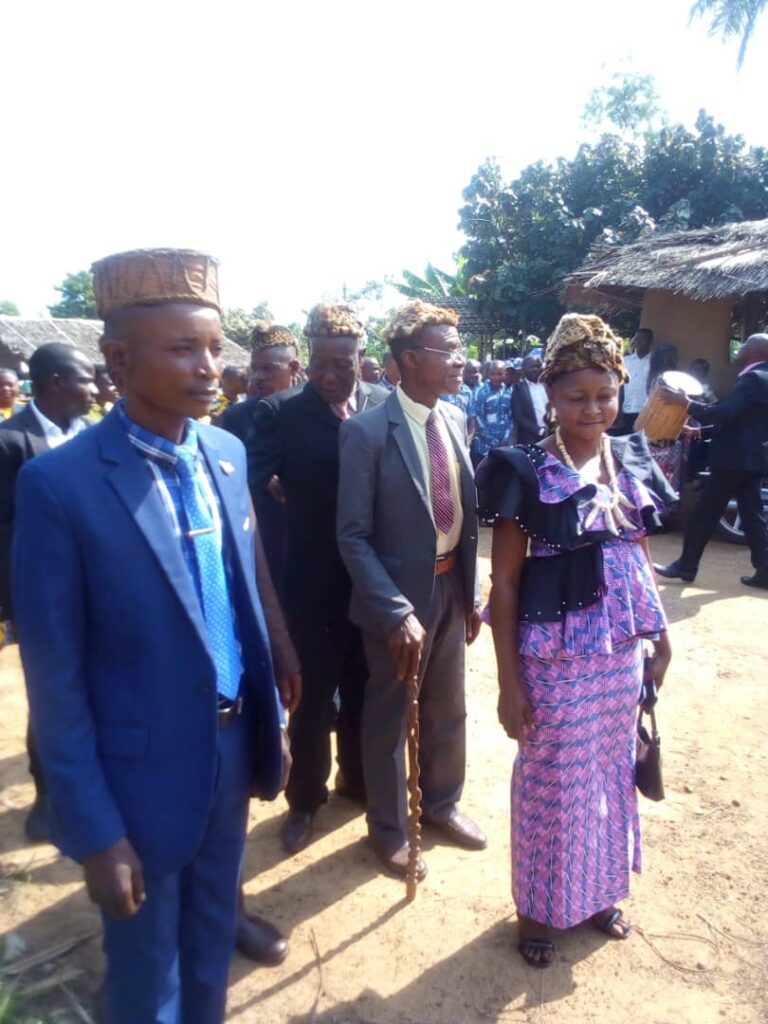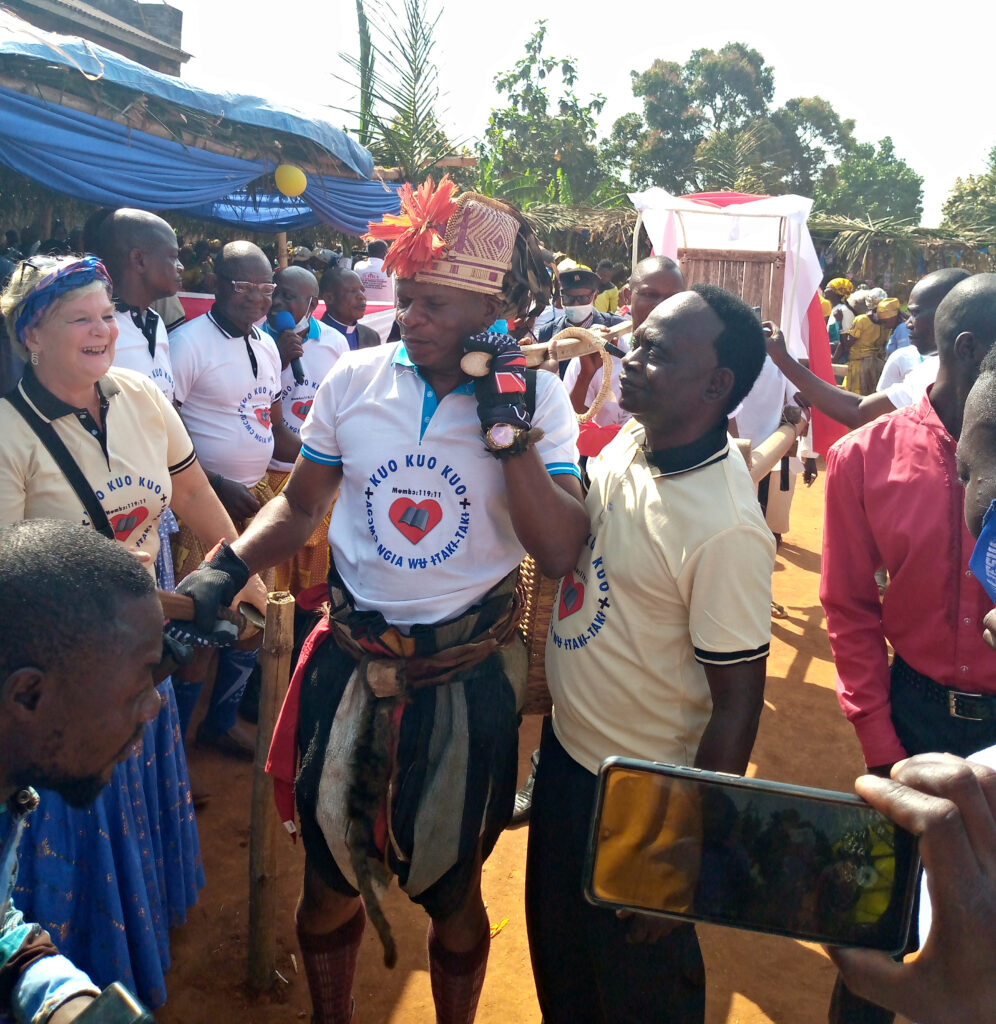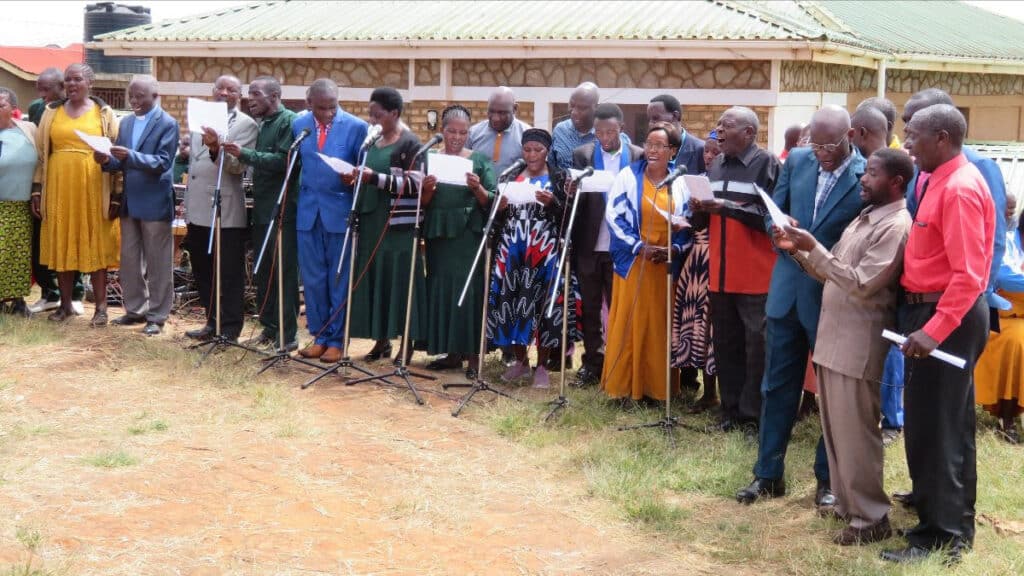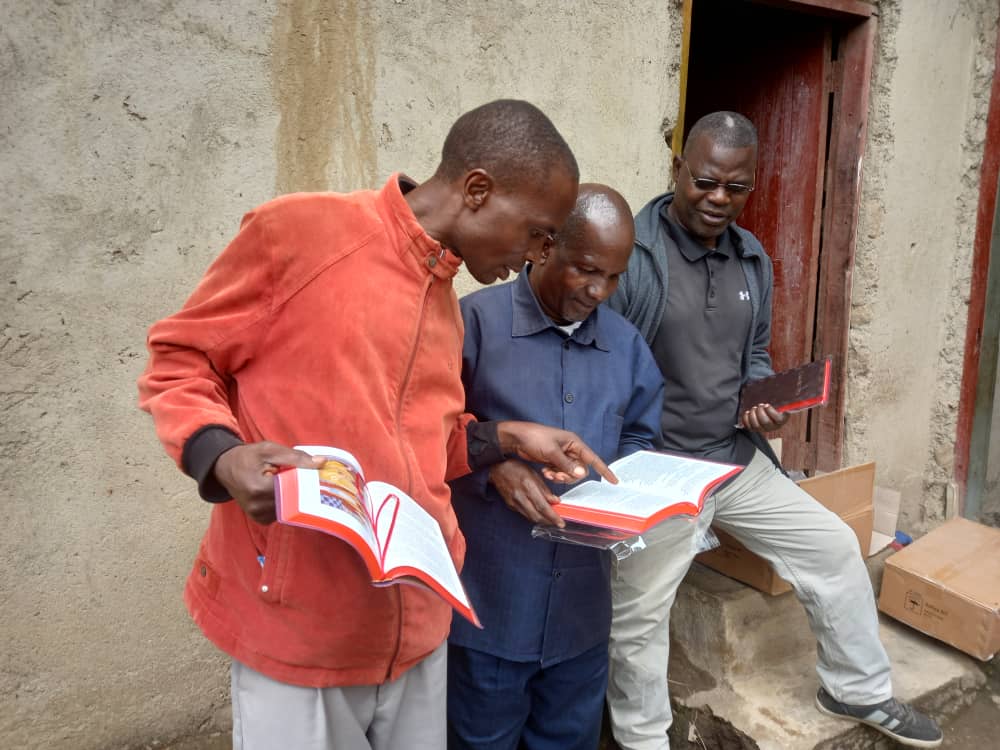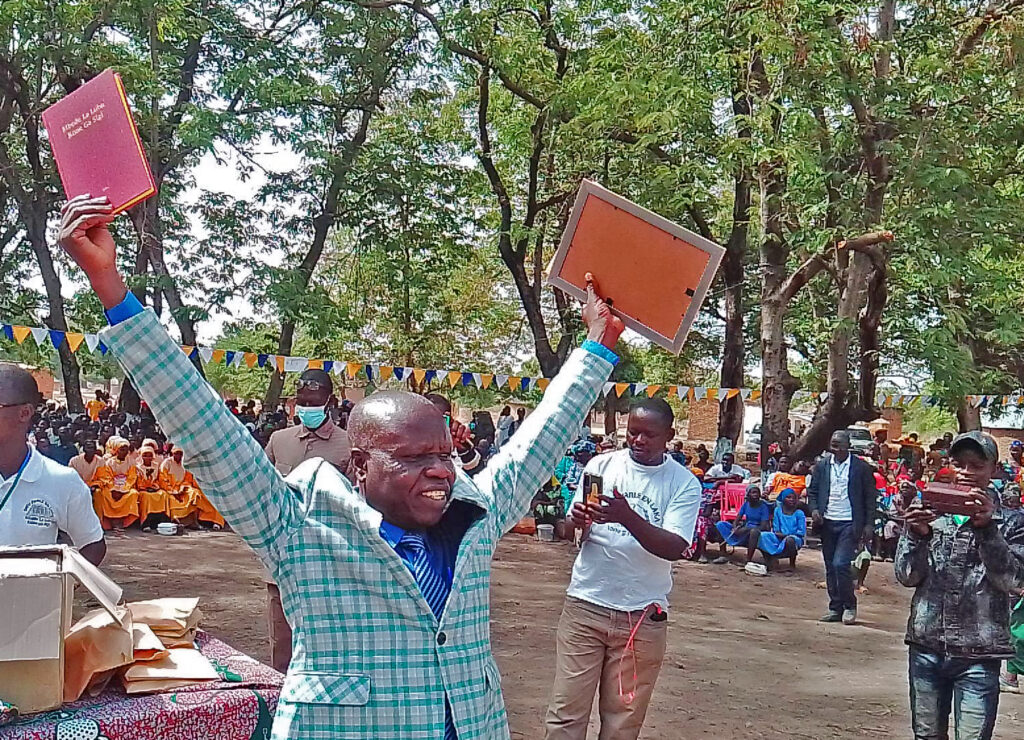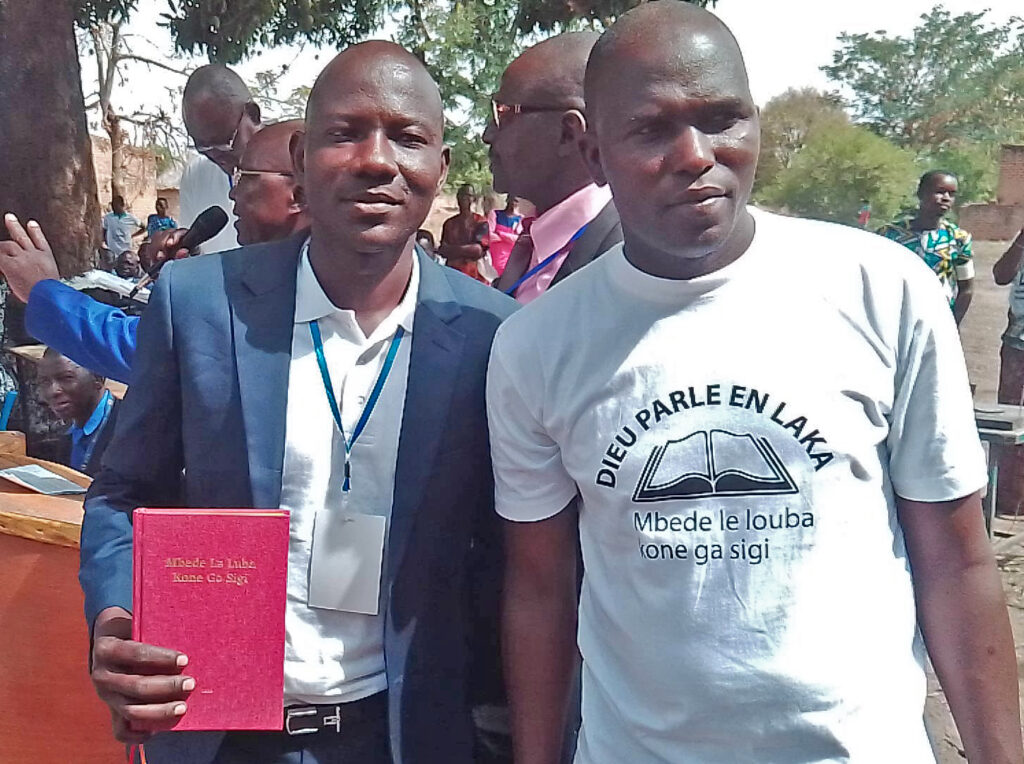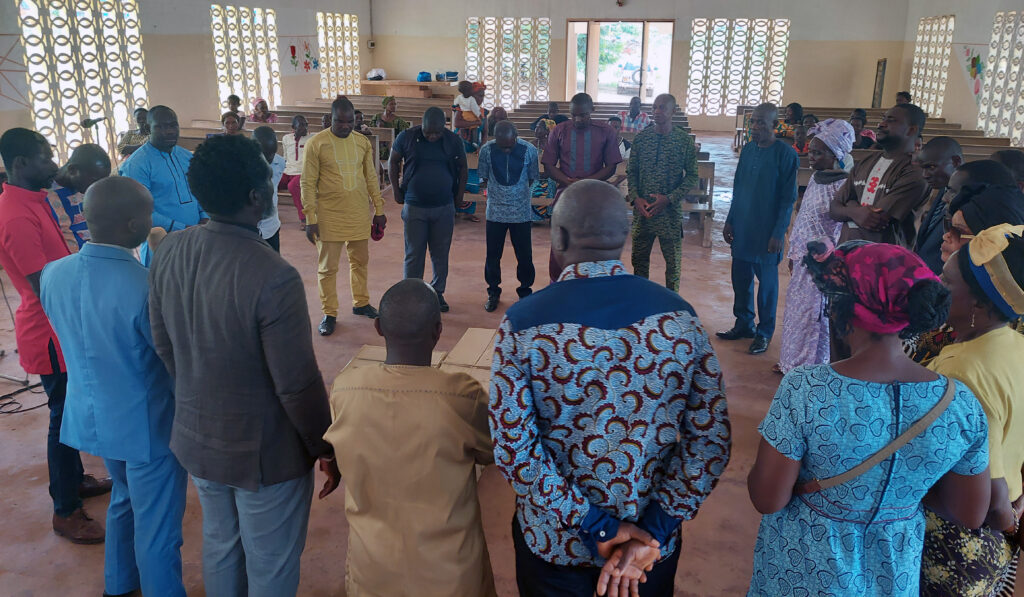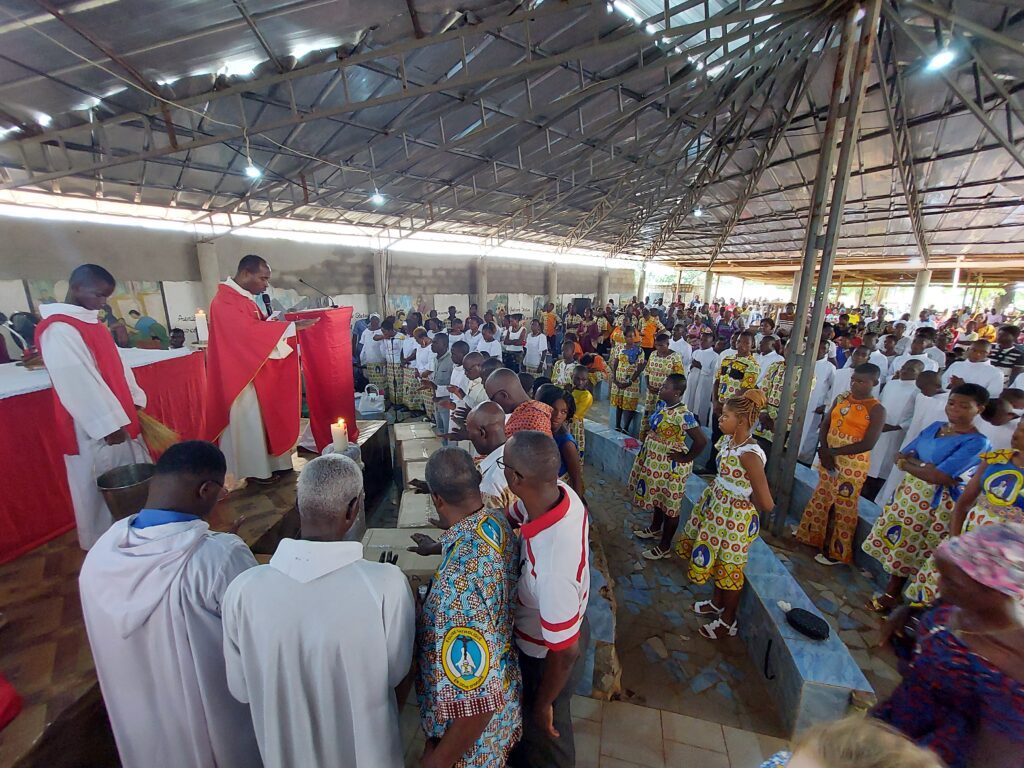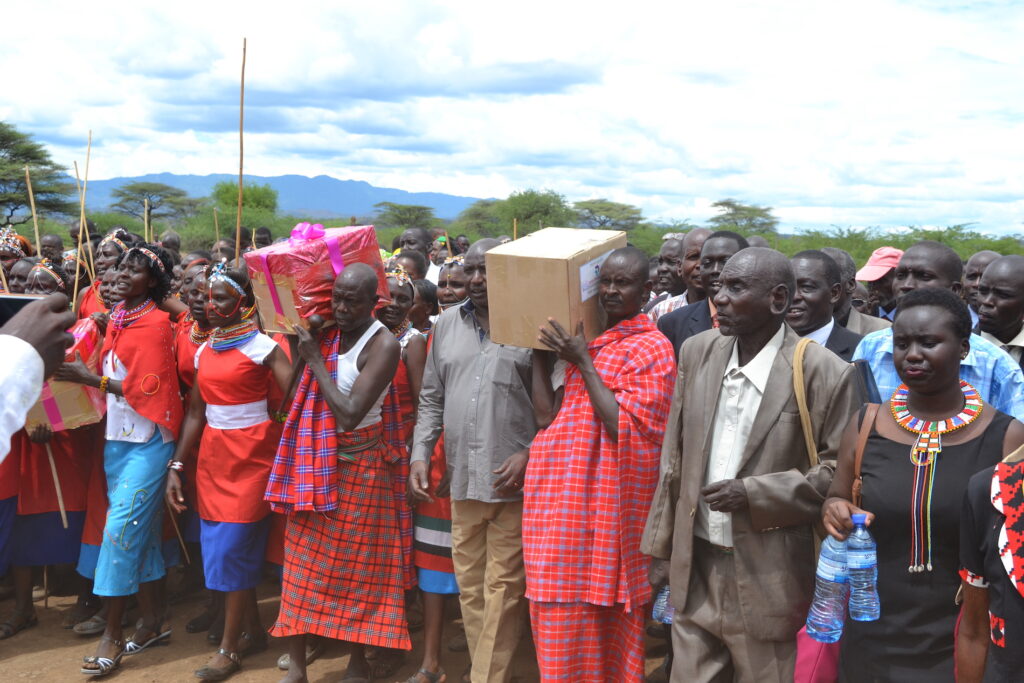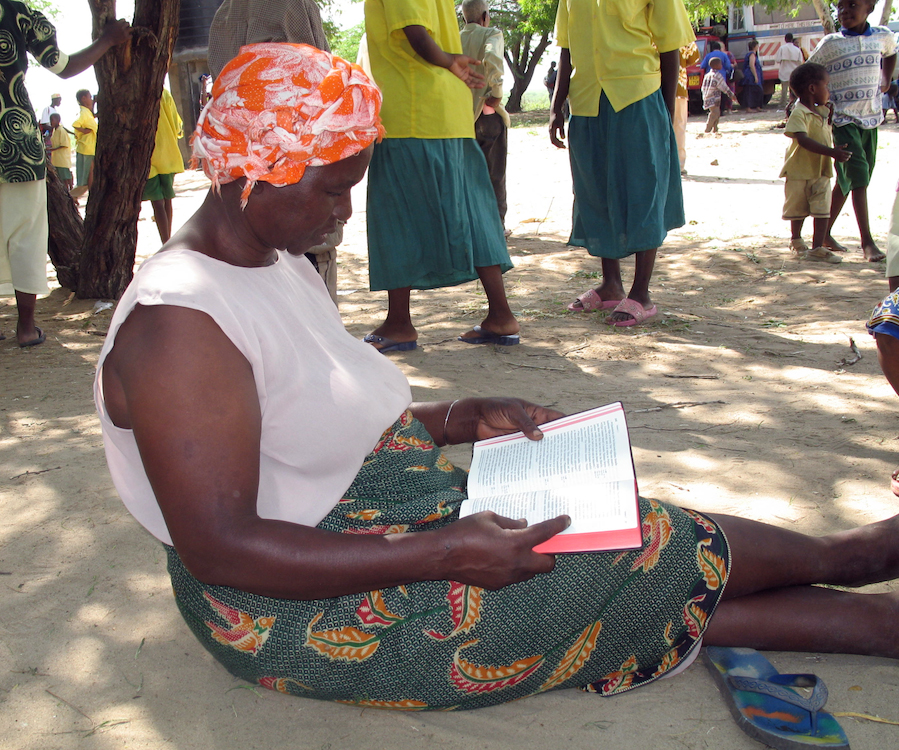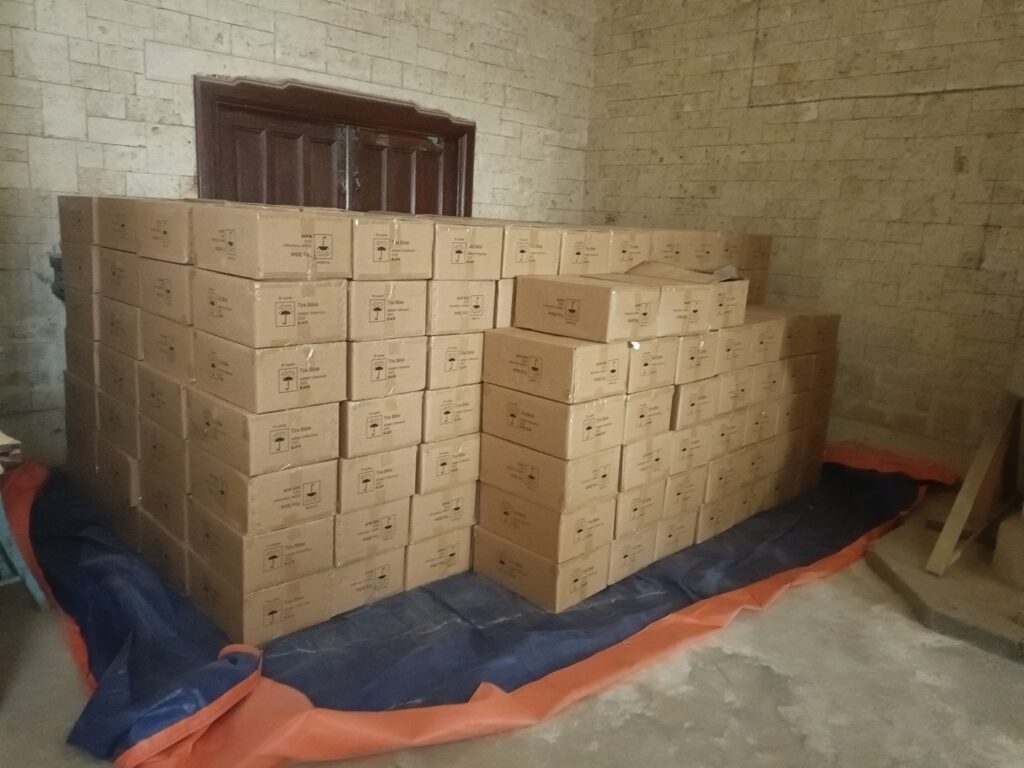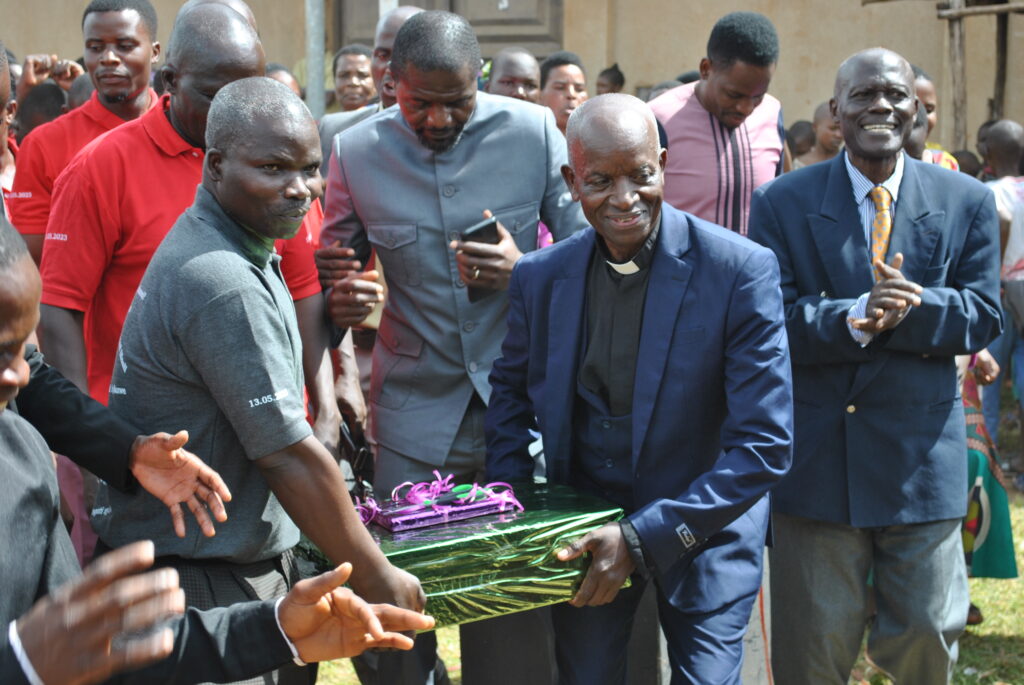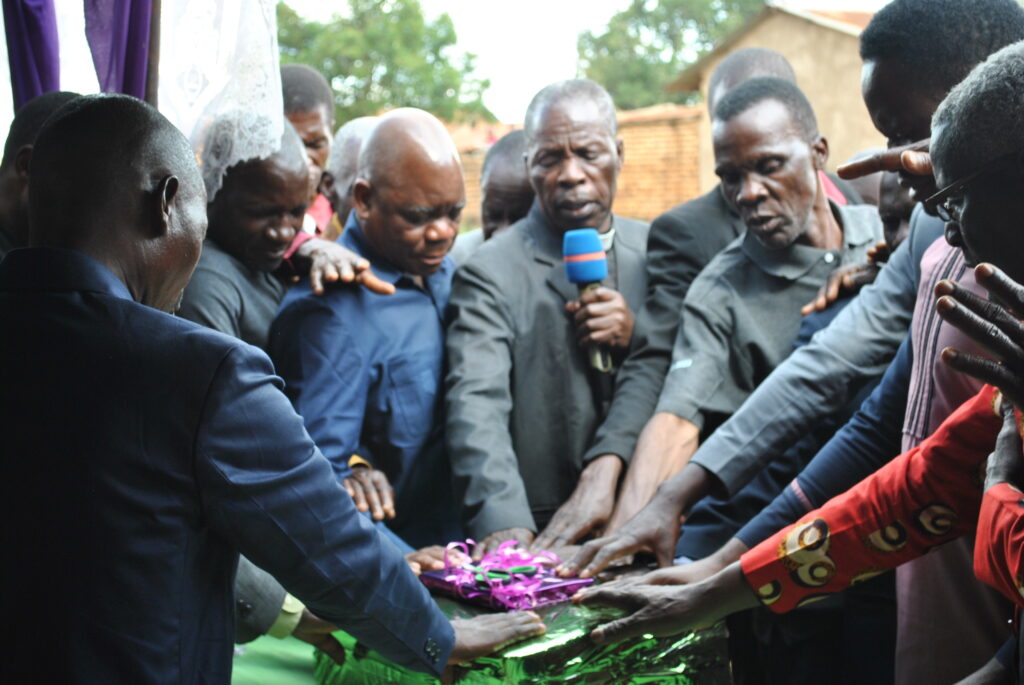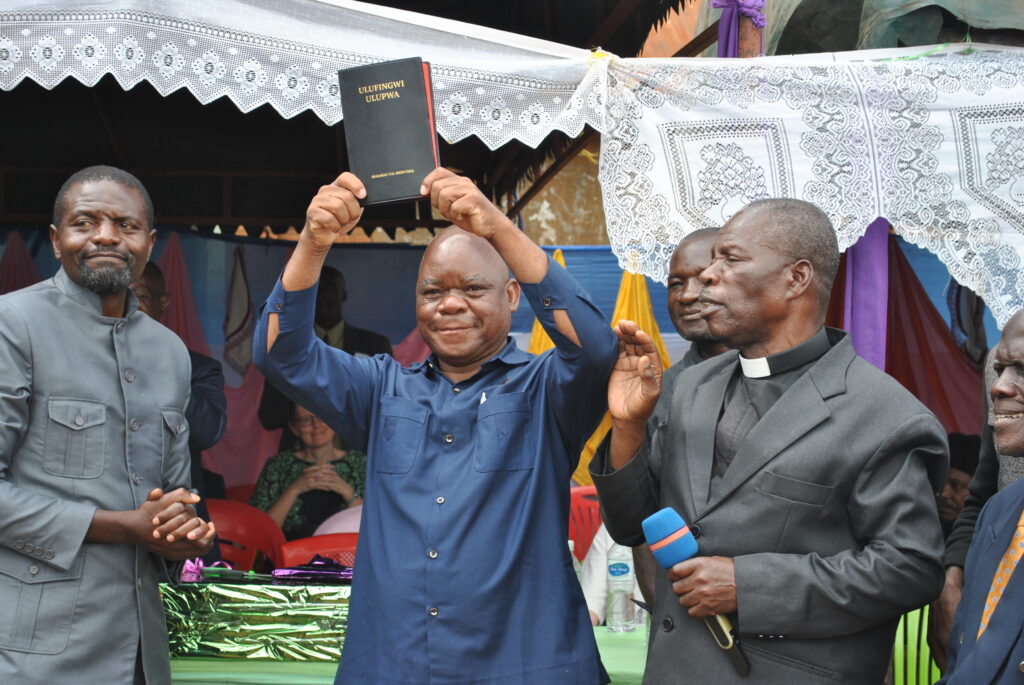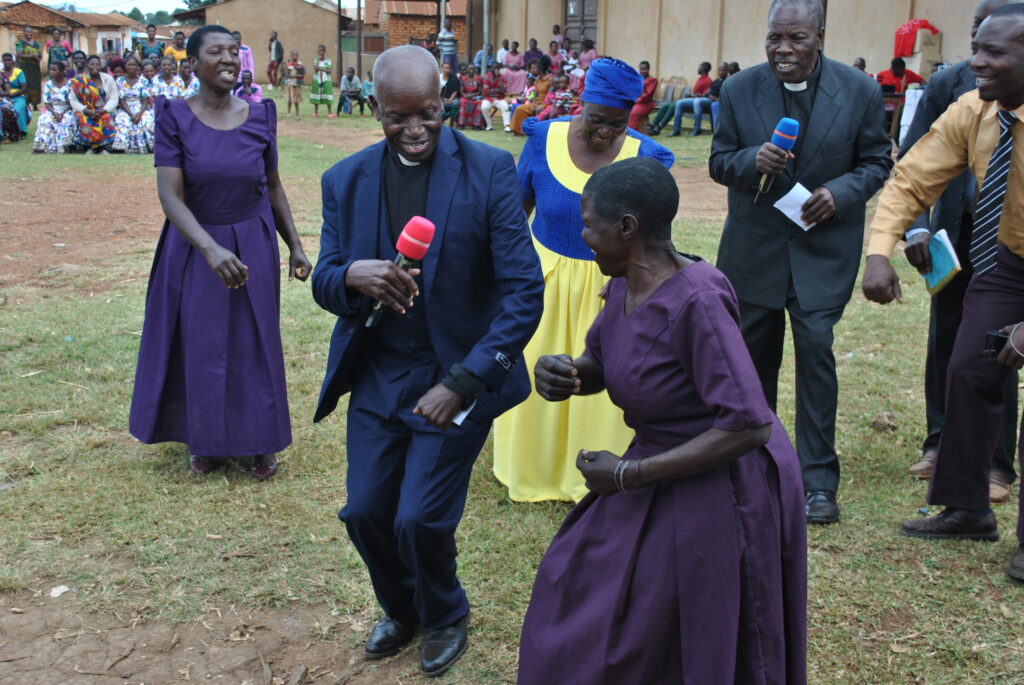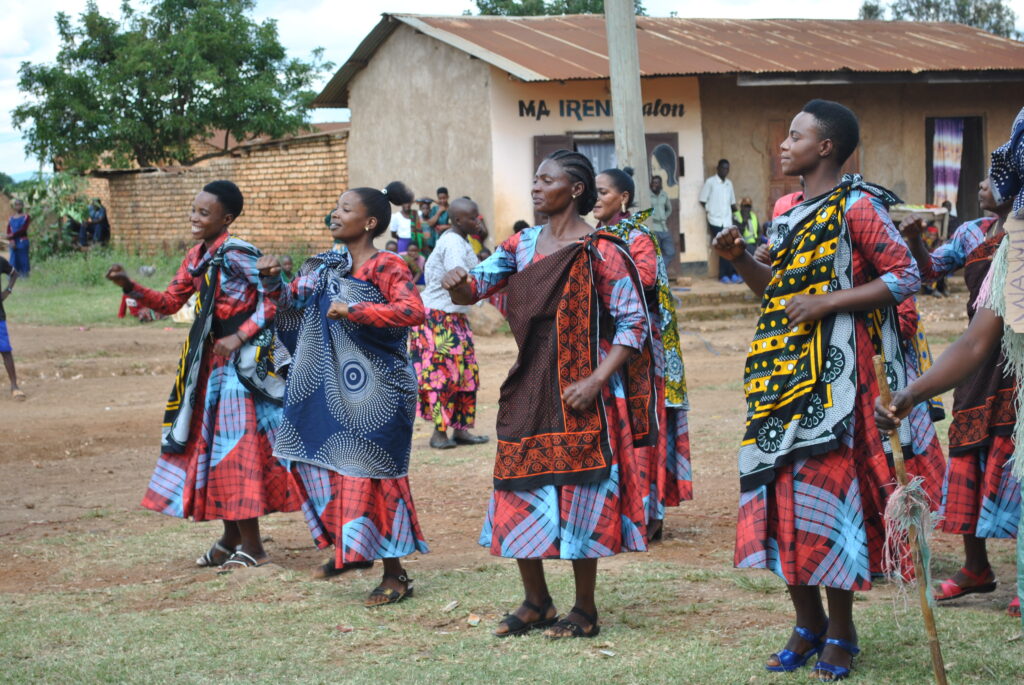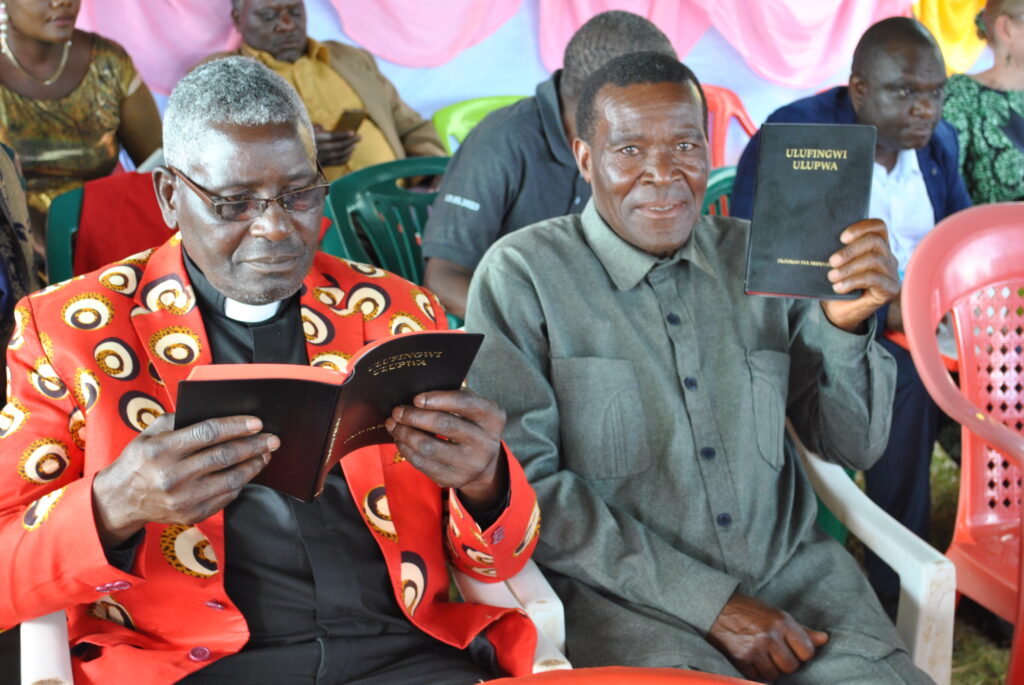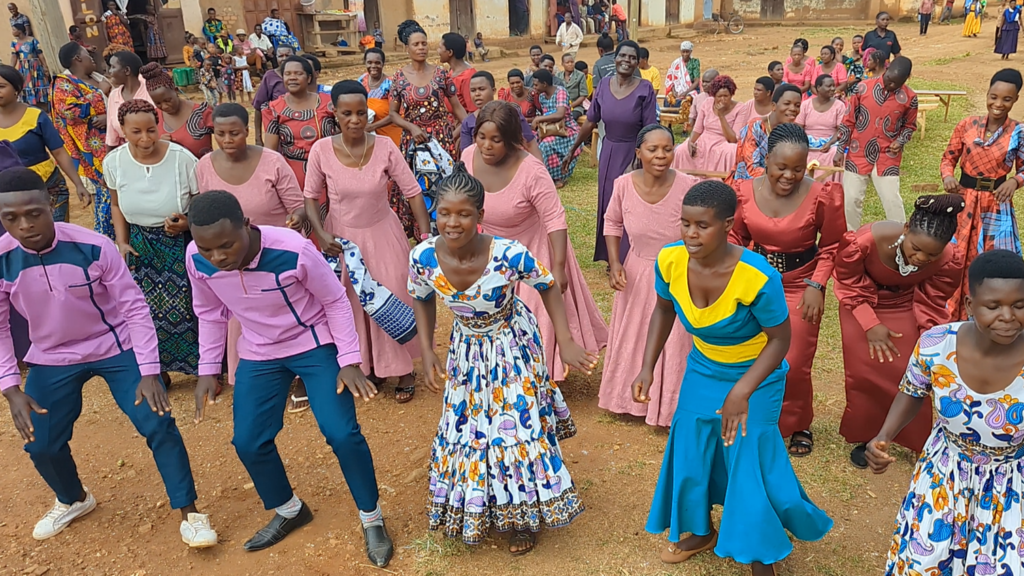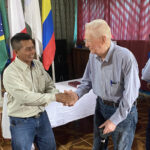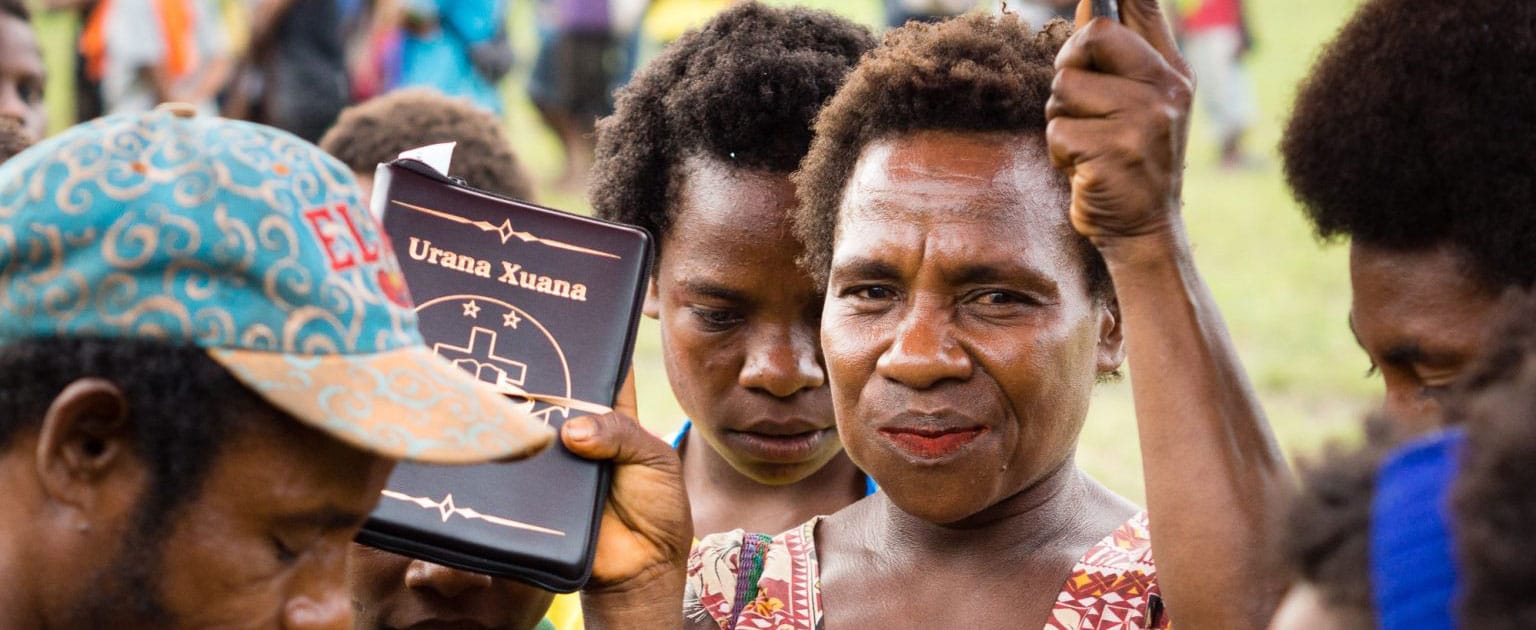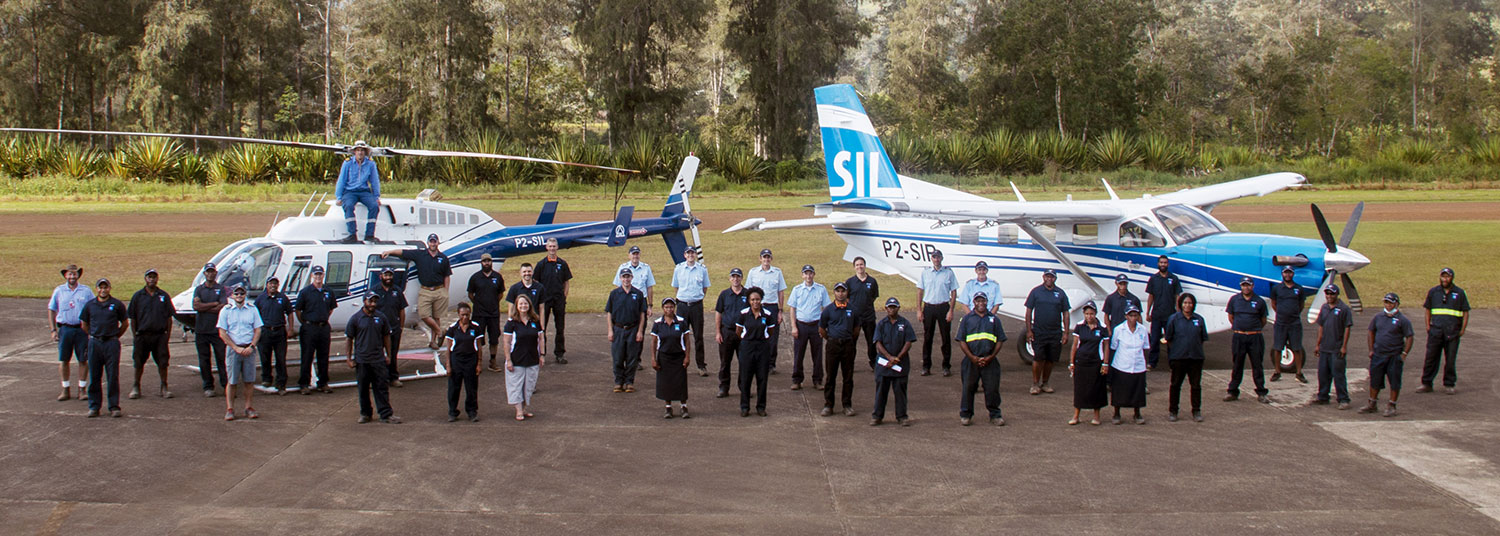Celebrating 75 Years: The Early Work of JAARS in South America, Part Two
This article is the second in a three-part series about the early days of JAARS in South America, in conjunction with our celebration of 75 years of God’s faithfulness. Read Part 1 of this series here.
The Early Work in Yarinacocha
The first pilot to fly for JAARS was Elisabeth “Betty” Greene, on loan from MAF while Cam was recruiting our own pilot-mechanics for JAARS.
God soon brought in more pilots and mechanics to help spread the gospel in Peru. The pilots flew the translators and supplies from the base of Yarinacocha, which was situated by a lake, to villages located along rivers, and then brought the translators back after a few weeks.
“I enjoyed being there,” Roy Gleason, an early JAARS pilot, recalled, “being a part of the ministry reaching out to those that still need the Scriptures. One of my first jobs was to fly the Aeronca Sedan on floats to take the doctor out to the leper colonies. He would see the patients and dispense medicines and come back to the plane, [we’d] take off, and after five minutes, land again. [We repeated that] four-six times. [It was] good practice taking off and landing on water.”
The JAARS team saw God provide for them over and over, such as when he provided a hangar for the Yarinacocha base.
Cam went to the city of Pucallpa to obtain lumber for a hangar. He talked to people at a sawmill, but when they heard what kind of lumber he needed, they laughed.
Undeterred, Cam walked around to see what they had. He spied a stack of lumber that had been there so long that it was covered by grass. It was the exact amount and size needed for the hangar!
At first, the man in charge wouldn’t let Cam have the lumber. But after Cam prayed about it and spoke to the man again, he let Cam have it.
In Peru, some of the villages were deeper in the jungle, away from rivers, so JAARS began building airstrips. While Bernie May served in Peru as a missionary pilot, they built 64 jungle airstrips.
“The planes weren’t just to bring missionaries,” Bernie explained, “but to bring progress to the people and medical assistance. The airplane was there to serve the people. And we did. We served a lot of people, saved a lot of lives.”
The importance of radios cannot be understated in this period of the history of JAARS. Radio technicians not only kept the plane radios functional, but also ensured that the translators in the villages could communicate with the base.
The Gospel is for Men, Too
The experiences of two early translators help us understand what that early work in Peru was like.
Chief Tariri was a killer in the jungles of Peru.
In 1950, Larry Montgomery, the first official full-time JAARS pilot, took two single women, Lori Anderson and Doras Cox, to Chief Tariri’s village so they could translate the New Testament into the chief’s language.
Larry unloaded all their equipment, set up their radio, and left. Later, Chief Tariri said, “If the pilot had stayed, we probably would have killed him.” But Tariri thought the women were probably just looking for husbands. Because they didn’t have anyone to protect them, Tariri adopted them as his daughters.
The women began to learn the language and put it on paper. Once, when Tariri came in, one of the women asked him, “When are you going to accept the gospel?”
He told her, “I thought all that stuff was for women and children and not for men.”
But he started thinking about it, and two weeks later, Tariri accepted Jesus into his life.
“He was transformed and became a real leader in the church,” Bernie May said.
God changed Tariri’s heart so much that he longed for his relatives—whom he’d once seen as his enemies, killing some, to know Christ. Doug Deming, a pilot-mechanic, flew Tariri, unarmed, upriver.
In the village, Tariri shared with his family what the gospel meant to him—that it wasn’t just for women and children. It was for men, too.
There was not a sound after he finished speaking.
Then Tariri and Doug walked back to the plane and returned to his village. “That was the first contact those people [had] with the gospel,” pilot-mechanic Butch Barkman, said. “They didn’t kill him or try to kill him.” God had taken care of him!
Later, Butch flew out to Tariri’s village because the chief’s wife had infected wounds. Butch flew Tariri and his wife to an army post upriver where army personnel gave her penicillin, which, unbeknownst to everyone, she was allergic to.
Because Tariri’s wife became ill, Tariri thought that the army personnel were trying to kill her.
Butch convinced him they weren’t and called a doctor in Yarinacocha over the radio to know what to do to help Tariri’s wife.
“So we built a bridge between the army post and Chief Tariri and his people,” Butch said.
Later, the first JAARS-operated DC-3 was named after Chief Tariri.
Stay on the lookout for how the work of JAARS expanded throughout South America.
For details on our May 12-13 75th anniversary celebration, click here.


